In this article I’ll be comparing the Sony FE 70-200mm F2.8 GM OSS Mark I (SEL70200GM) with its successor the Sony FE 70-200mm F2.8 GM OSS Mark II (SEL70200GM2).
This is more of a real world actual use comparison rather than looking at test charts. There are plenty of other reviews out there if you are more interested in characteristics like distortion, vignetting and various aberrations.
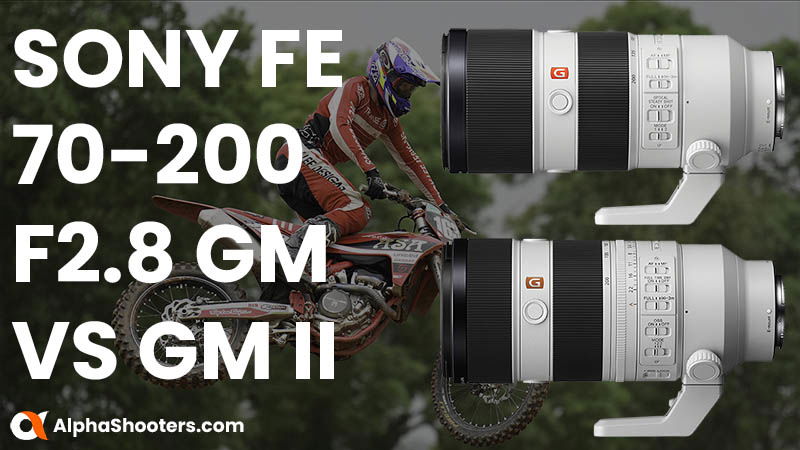
Table of Contents[Hide][Show]
Summary
The Sony FE 70-200mm F2.8 GM lens was first introduced back in February, 2016. Five years later in October 2021 the Mark II version was announced.
Both lenses are internal zooming and exceptionally sharp as one would expect for a GM branded lens. The Mark II gets the newer high-thrust XD Linear Motors but also manages to shave 435g (15.34 oz.) off the weight of its predecessor, thus making it around 30% lighter.
The Mark II will cost you $2,998.00 / £2,599.00 versus $2,148.00 / £1,999.00 for the Mark I, making the Mark II $850 more expensive.
So is the Mark II really worth $850 more? Hopefully by the end of this article you’ll have your answer.
Key Specs
First just a quick comparison of the key specifications of these two telephoto zoom lenses.
| 70-200 F2.8 GM I | 70-200 F2.8 GM II | |
|---|---|---|
| Lens Mount: | Sony E-Mount | Sony E-Mount |
| Format: | 35mm full frame | 35mm full frame |
| Focal Length (mm): | 70-200 | 70-200 |
| Focus Motors: | RDSSM + Double Linear | Four high-thrust XD Linear Motors |
| Lens Groups / Elements: | 18/23 | 14/17 |
| Maximum Aperture: | F2.8 | F2.8 |
| Minimum Aperture: | F22 | F22 |
| Aperture Blades: | 11 circular | 11 circular |
| Minimum Focus Distance: | 0.96 m (3.15 ft) | 0.4-0.82 m (1.32-2.69 ft) |
| Magnification: | 0.25x | 0.30x |
| Filter Diameter (mm): | 77 | 77 |
| Image Stabilization (OSS): | Yes (2 modes) | Yes (3 modes) |
| Zoom System: | Internal | Internal |
| Teleconverter Support: | 1.4x & 2x | 1.4x & 2x |
| Diameter (mm): | 88 mm / 3.46 in. | 88 mm / 3.46 in. |
| Length (mm): | 200 mm / 7.87 in. | 200 mm / 7.87 in. |
| Weight: | 1480 g / 52.2 oz. (without tripod mount) | 1045 g / 36.9 oz. (Without tripod mount) |
| Price (MRRP): | $2,148.00 / £1,999.00 | $2,998.00 / £2,599.00 |
| Check Price: | B&H Photo | Amazon | B&H Photo | Amazon |
Bodies & Handling
Both lenses are very well built and carry Sony’s top G Master branding. They are also both dust and moisture resistant for shooting in more challenging environments.
At first glance both lenses may look very similar to one another, but look a little closer and you’ll find some very noticeable differences.
Size & Weight
Both lenses measure approximately 88 mm (3.46 in.) in diameter and 200 mm (7.87 in.) in length without their lens hoods attached.
Since they share exactly the same dimensions you’d expect their weight to be very similar as well, but that’s not the case.
The GM II shaves an incredible 435g (15.34 oz.) off the weight of its predecessor making it around 30% lighter.
| Lens | Weight |
|---|---|
| 70-200 F2.8 GM I | 1480 g / 52.2 oz. (Without tripod mount) 1559 g / 54.99 oz. (With tripod mount) |
| 70-200 F2.8 GM II | 1045 g / 36.9 oz. (Without tripod mount) 1124 g / 39.64 oz. (With tripod mount) |
Both front lens elements feature a fluorine coating that helps to repel fingerprints, dust, water, oil, and other contaminants, there’s also a 77mm filter thread.
Controls
Both lenses share very similar controls but the GM II includes some additional and very useful controls that you won’t find on the GM I.
On the GM I you’ll find the following controls:
- Zoom / focus rings
- AF / MF switch
- Focus limiter switch with two settings (Full + Infinity to 3m)
- Optical Steady Shot On / Off
- Panning Mode Switch with 2 modes (Mode 1 stabilizes both horizontal and vertical axis. Mode 2 stabilizes the vertical axis only so is ideal for panning shots)
- 3 focus hold buttons
- Lens collar adjustable tension knob
On the GM II you’ll find the following controls:
- Zoom / focus rings
- AF / MF switch
- Focus limiter switch with two settings (Full + Infinity to 3m)
- Optical Steady Shot On / Off
- Panning Mode Switch with 3 modes (Mode 1 stabilizes both horizontal and vertical axis. Mode 2 stabilizes the vertical axis only so is ideal for panning shots. Mode 3 is for unpredictable motion)
- Full Time DMF switch On / Off (allows you to jump into manual focus by turning the focus ring)
- IRIS Lock (locks the aperture ring to help prevent unwanted exposure changes)
- 3 focus hold buttons
- An aperture ring
- A click On /Off switch (allows the aperture ring click stops to be engaged or disengaged)
- Lens collar adjustable tension knob
The focus ring on the GM I is wider than the GM II, probably to allow space for the aperture ring.
Lens Hoods
Both lenses include a bayonet-mount style lens hood with flocked interior to help avoid reflections and a push button release, but they are not identical.
The GM I uses the ALC-SH145 (B&H Photo) petal shaped hood and the GM II uses the ALC-SH167 (B&H Photo) cylindrical shaped hood.
The hood of the GM II features a silicone rubber ring on the front edge that allows the lens to be stood on its hood without damage (unless it topples over!). This is not possible with the petal style hood of the GM I, well it is just about but I wouldn’t advise it.
Both hoods feature small doors to allow the operation of circular polarizing or variable ND filters, although in actual use the small door can be quite restrictive if your filter requires many turns.
Tripod Mount & Collar
Both lenses feature an identical tripod mount and rotating collar that is loosened and tightened via an adjustable tension knob. Each foot features two 1/4″-20 threads.
The tripod foot is easily removed via a tension knob and a button, exposing another 1/4″-20 thread. The collar can be rotated but not removed. There are markings to help with alignment when rotating but no helpful detents like you’ll find on Sigma’s lenses.
Unfortunately the foot itself is not the best design. First it’s just too small and therefore not very comfortable or secure to hold the lens by. There are also no dovetails to allow you to mount the lens directly to an Arca-Swiss compatible tripod or gimbal head. So you’ll need to add an additional plate which is a pain when you leave this at home or it comes loose.
I’d recommend replacing the foot with a third-party solution such as the Kirk LP-65 (B&H Photo). This is larger and more comfortable to hold the lens by than the original foot. There are also dovetails for mounting directly to an Arca-Swiss compatible tripod or gimbal head. The Kirk LP-65 is compatible with both the Sony 70-200 F2.8 GM I and GM II.
Teleconverters
Both lenses support the use of the Sony 1.4x SEL14TC (B&H Photo) and 2x SEL20TC (B&H Photo) teleconverters.
The 1.4x extends the maximum focal length to 280mm but you sacrifice one stop of light and the maximum aperture is reduced to F4.
The 2x extends the maximum focal length to 400mm but you sacrifice two stops of light and the maximum aperture is reduced to F5.6.
Handling
Both lenses utilize an internal zoom design so they don’t extend when you zoom in. There’s also only a very small rotation required to go from 70mm to 200mm. The zoom ring found towards the rear of the lens is very smooth and easy to rotate and there’s just enough resistance to keep it from rotating on its own.
The linear response manual focus ring can be found towards the front of each lens and responds directly and linearly to subtle control when focusing manually. With the GM II there’s a switch to enable Full Time DMF which then allows you to simply rotate the focus ring whilst shooting in autofocus mode and the camera will jump into manual focus mode.
The numerous additional controls on the body of the GM II definitely provide this lens with some advantages when it comes to handling. The aperture ring is a very useful feature but will probably be more beneficial to video shooters than stills shooters.
As already mentioned the GM II shaves 435g (15.34 oz.) off the weight of the GM I which is very noticeable when you pick both lenses up. If you are shooting for a long day then you’ll certainly appreciate this 30% reduction in weight.
Image Stabilization (OSS)
Both lenses provide 5-axis of image stabilization when used with an alpha series body that feature built-in image stabilization.
However the Mark I lens has only 2 modes of stabilization whereas the Mark II lens has 3 modes.
Mode 1 stabilizes both horizontal and vertical axis, mode 2 stabilizes the vertical axis only so is ideal for panning shots, and Mode 3 is for unpredictable motion.
With OSS turned on I was able to take the shutter speed down to 1/40 sec on both lenses and still achieve acceptably sharp images (by my standards) when shooting a static subject handheld. To achieve the same level of sharpness with OSS turned off I needed to increase the shutter speed to 1/200 sec.
So other than the 3rd OSS mode option on the Mark II, stabilization remains very similar.
Autofocus & Tracking
The 70-200 F2.8 GM I features a RDSSM (Ring Drive Super Sonic wave Motor) actuator for moving the front group of lens elements, and a double linear motor actuator for the rear group.
The newer 70-200 F2.8 GM II lens features four of Sony’s XD (extreme dynamic) Linear Motors that according to Sony boosts AF speed by up to 4x compared to the Mark I lens.
When tracking an approaching short-distance runner, for example, tracking while zooming is improved by approx. 30% compared to the Mark I (according to Sony).
Both lenses feature Sony’s Linear Response MF feature to help ensure responsive, direct manual focus control.
The Mark I lens is certainly no slouch when it comes to AF speed, and it’s not very often that it will let you down. The Mark II however is noticeably faster to lock-on to subjects and also holds on to them better thus helping to increase your keeper rate.
Unfortunately the Mark I AF motors are pretty noisy, this will certainly be picked up if you are recording video and audio. The new Mark II on the other hand is practically silent when focusing, a definite plus for video shooters.
Sharpness
I did say at the start of this article that we won’t be looking at test charts. I did however shoot a couple of images at 200mm to examine the central sharpness a little closer. I’m afraid I couldn’t bring myself to shoot other focal lengths or look at the corners that don’t interest me so much as mainly a sports and wildlife photographer.
Sharpness at 200mm / F2.8
Frank would look stunning even if I shot him with a disposable camera but I might be slightly bias. Unfortunately he refused to strike an identical pose for each lens.
Sharpness at 200mm / F4
Ultimately both of these GM lenses are very sharp at f/2.8 which improves a touch when stopping down to f/4.
Sharpness with 1.4x & 2x Teleconverters
Both lenses support Sony’s 1.4x and 2x teleconverters but you do lose one stop of light with the 1x taking you down to f/4 and 2 stops of light with the 2x taking you to f/5.6.
The GM II performs very well with both teleconverters. I have previously compared the 70-200 F2.8 GM II + 2x with the Sony FE 100-400 and there was very little between them at 400mm.
The GM I doesn’t appear to be quite so sharp with the 1.4x and falls even further behind with the 2x. I think the real world images display this much clearer then the test chart. I really struggled to achieve acceptable images when shooting close-up with the GM I + 2x.
1.4x Teleconverter (SEL14TC)
2x Teleconverter (SEL20TC)
Magnification & Minimum Focus Distance
The Sony 70-200 F2.8 GM features a minimum focusing distance of 0.96 m throughout the zoom range with a maximum magnification of 0.25x.
The Sony 70-200 F2.8 GM II features a minimum focusing distance of 0.4-0.82 m with a maximum magnification of 0.30x.
70-200 F2.8 GM – 200mm
70-200 F2.8 GM II – 200mm
At 200mm you probably wouldn’t guess which of the above images was shot with which lens if it wasn’t for the image labels.
However at 70mm the below images reveal a stark difference between the lenses and their respective minimum focusing distances.
70-200 F2.8 GM – 70mm
70-200 F2.8 GM II – 70mm
Sample Images
I think sample images provide a much better example of how well each lens works in the field. So here’s a collection of images shot at my local motocross track with each lens. They have only been cropped to my liking, no further post processing has been applied.
Sony FE 70-200 F2.8 GM OSS
Sony FE 70-200mm F2.8 GM OSS II
Conclusion
Sony have worked very hard on redesigning the GM II. Image quality is very similar between the lenses until the teleconverters are attached and then the GM II really starts to shine.
The full-time DMF and the additional OSS Mode 3 are nice to have but alone are no reason to upgrade. The aperture ring will certainly be a bigger draw for video shooters than still shooters. I typically prefer to leave this in [A] mode, engage the Iris Lock and control the aperture in-camera for shooting stills.
The newer high-thrust XD Linear Motors do help to improve the AF performance of the Mark II but it’s not night and day and the Mark I will most likely be fast enough for most people.
The biggest difference and the one that I certainly appreciate the most when shooting for a few hours is the 435g (15.34 oz.) weight saving over the Mark I. When I picked up the Mark II for the first time I had to double check that I’d been sent the 70-200 F2.8 and not the F4 version, it really is that much lighter.
The Mark II will cost you $2,998.00 / £2,599.00 versus $2,148.00 / £1,999.00 for the Mark I, making the Mark II $850 more expensive.
If you already own the Mark I and shoot professionally then the weight savings will certainly help to justify upgrading to the newer lens.
If you don’t own either lens then personally I’d only consider the older Mark I if you are not shooting professionally with it and don’t plan to hold it for hours on end.
If you have owned both of these lenses it would be great to hear your own thoughts on them in the comments below.
Finally, if you are not already a member of our community forums it would be great if you would consider joining. We’re a pretty friendly bunch!

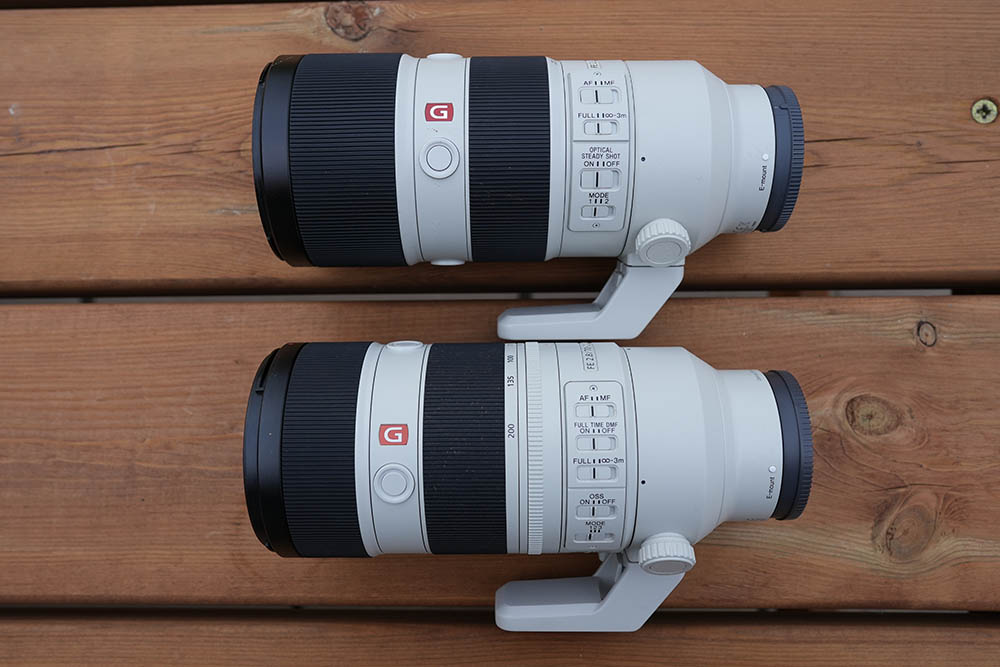
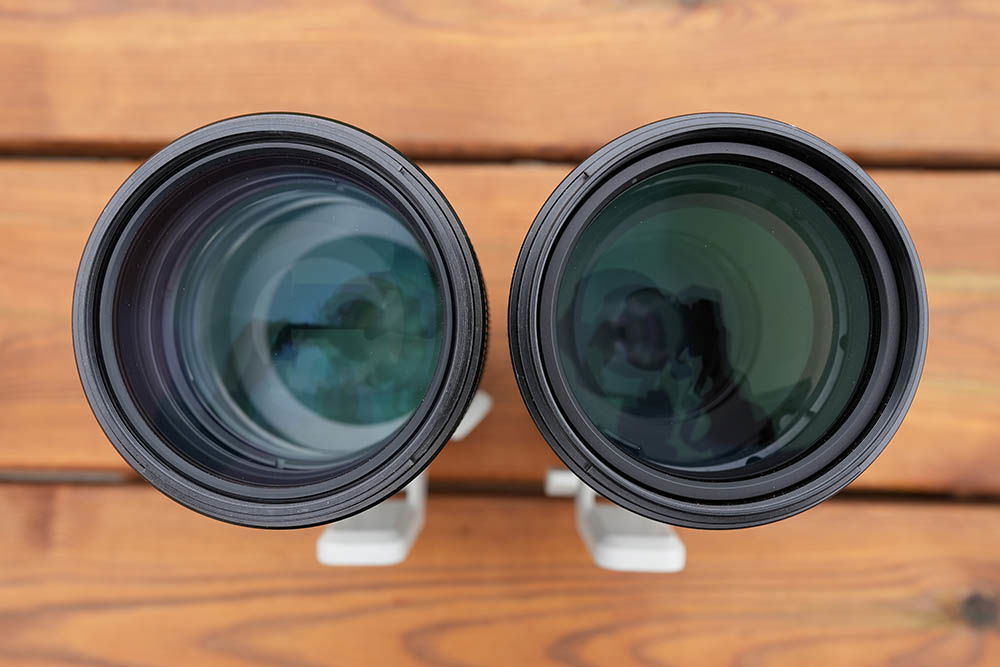
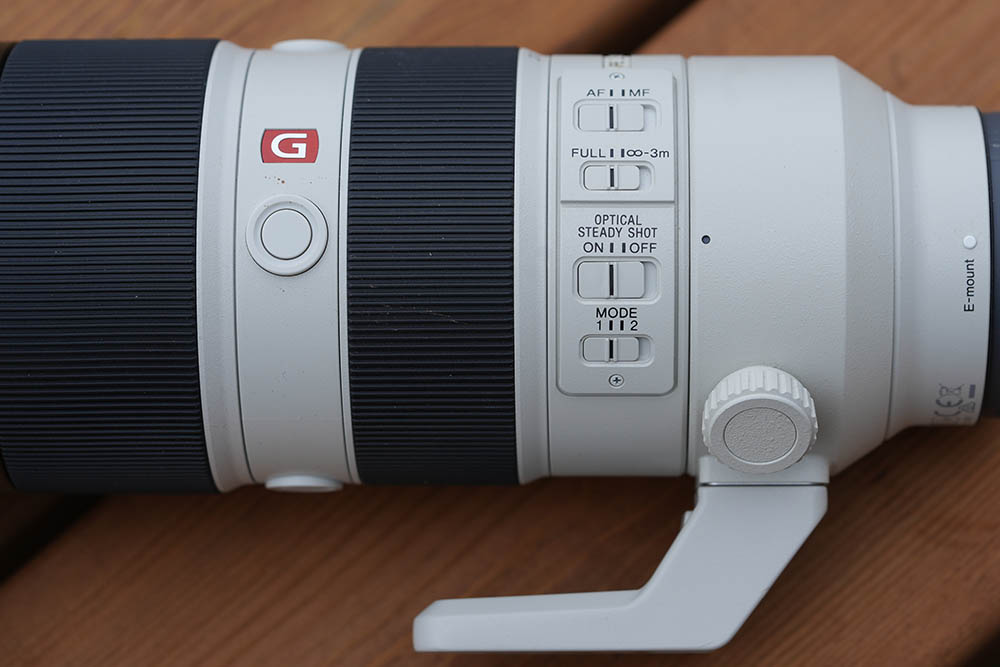
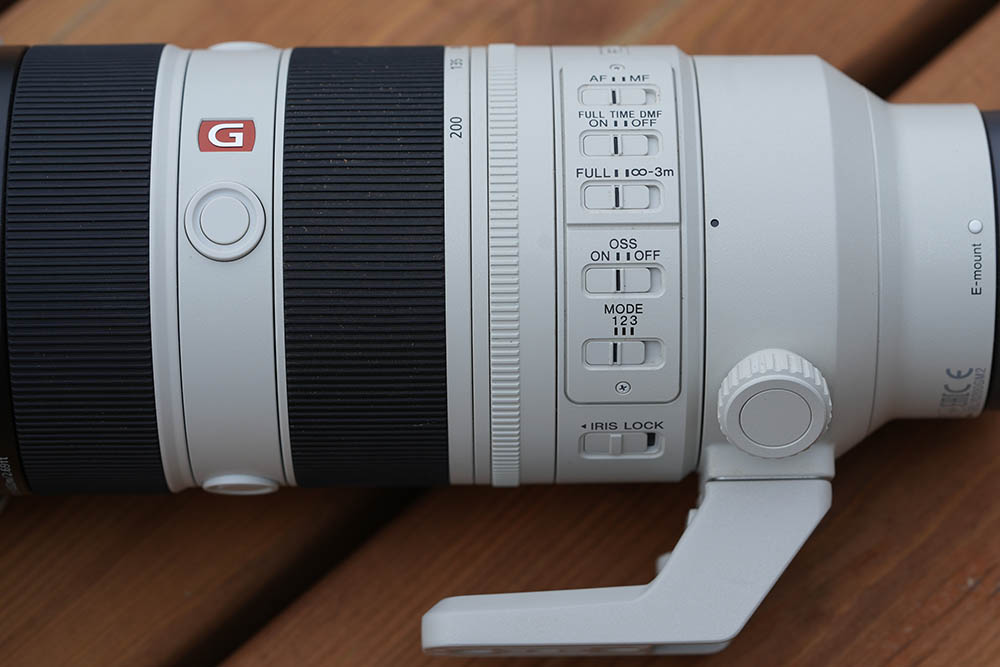
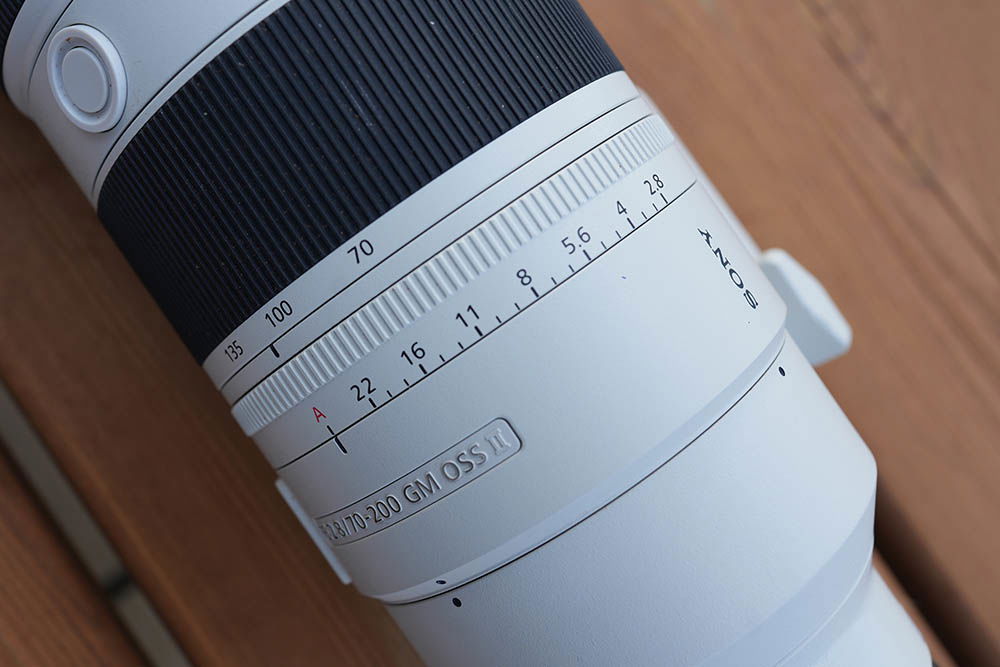
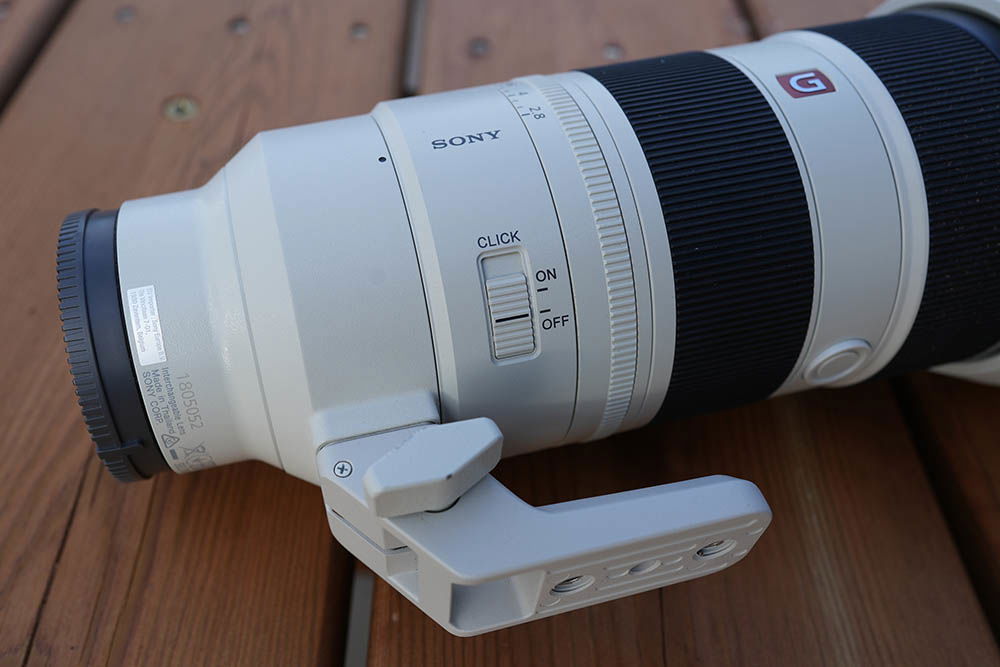
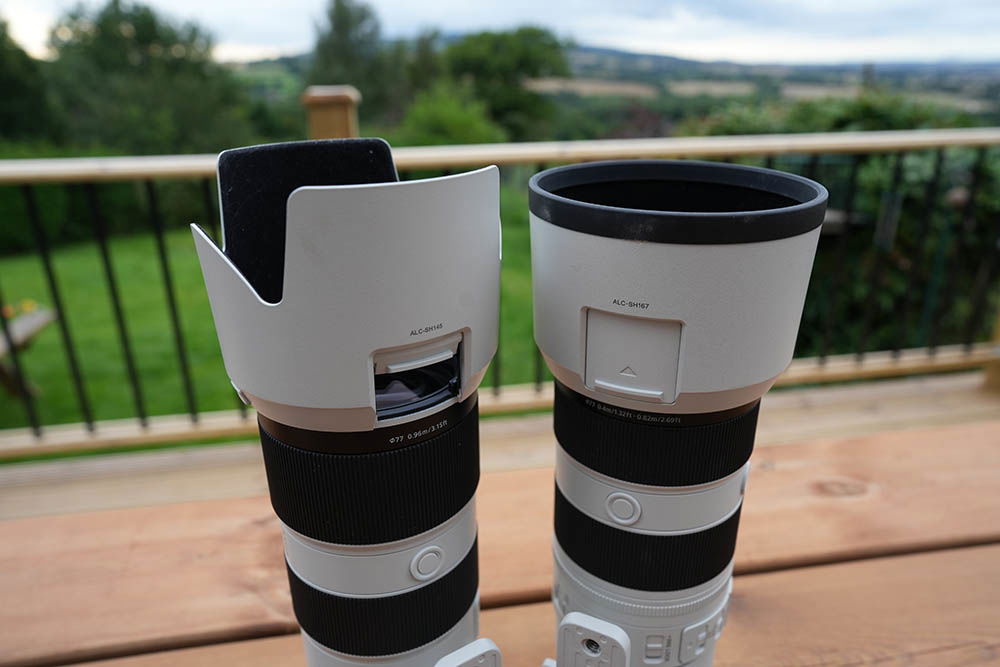
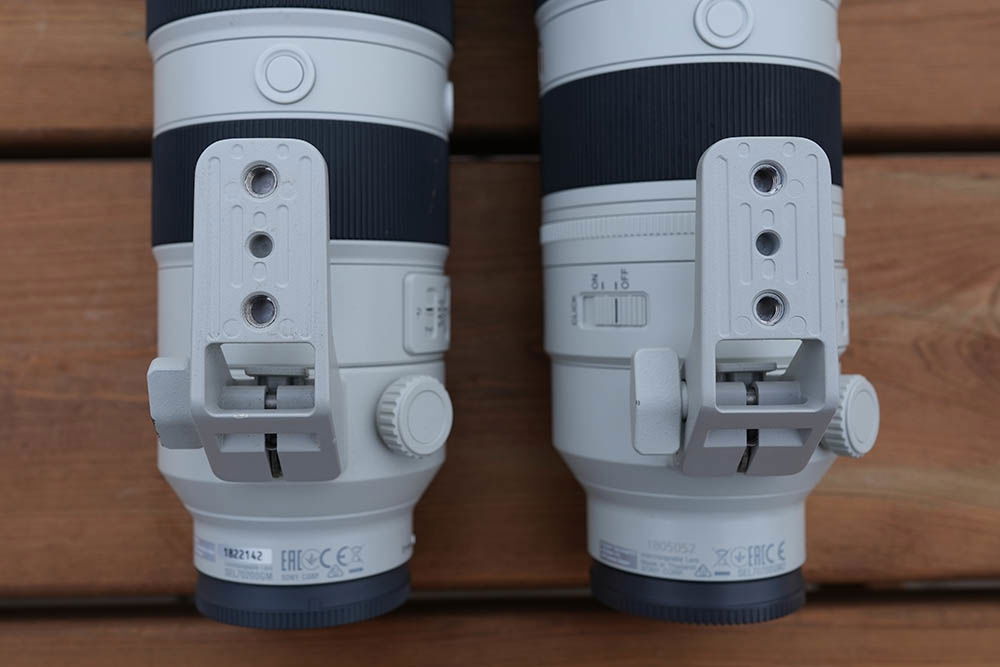
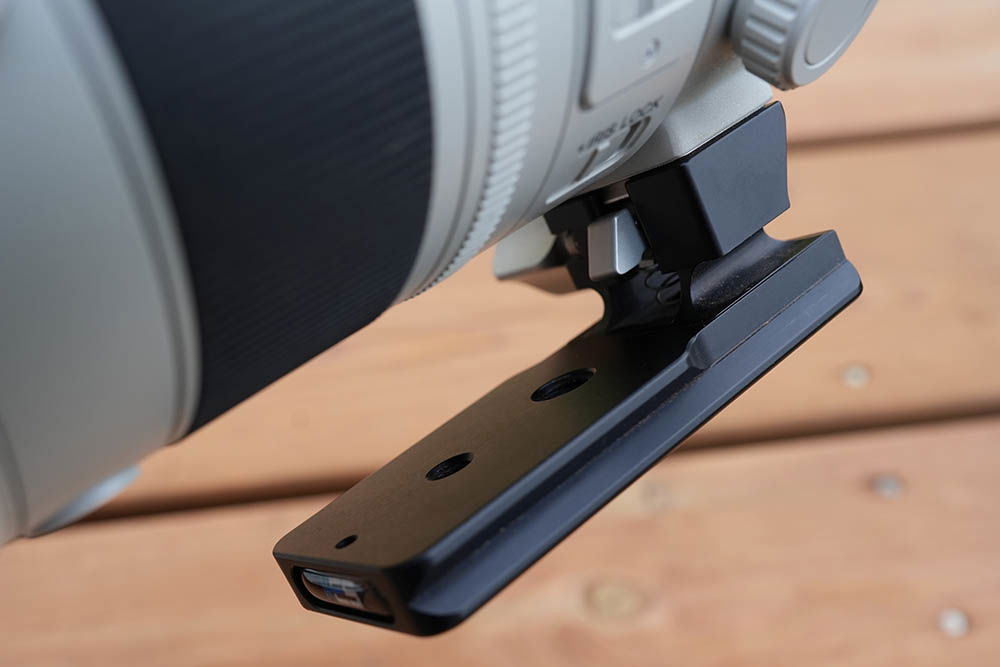
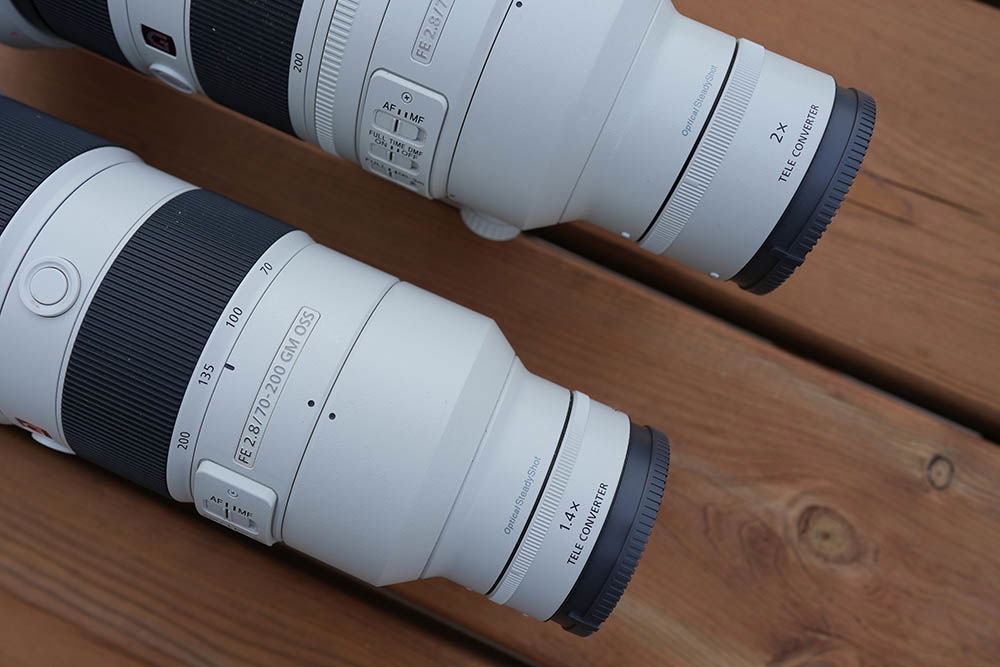

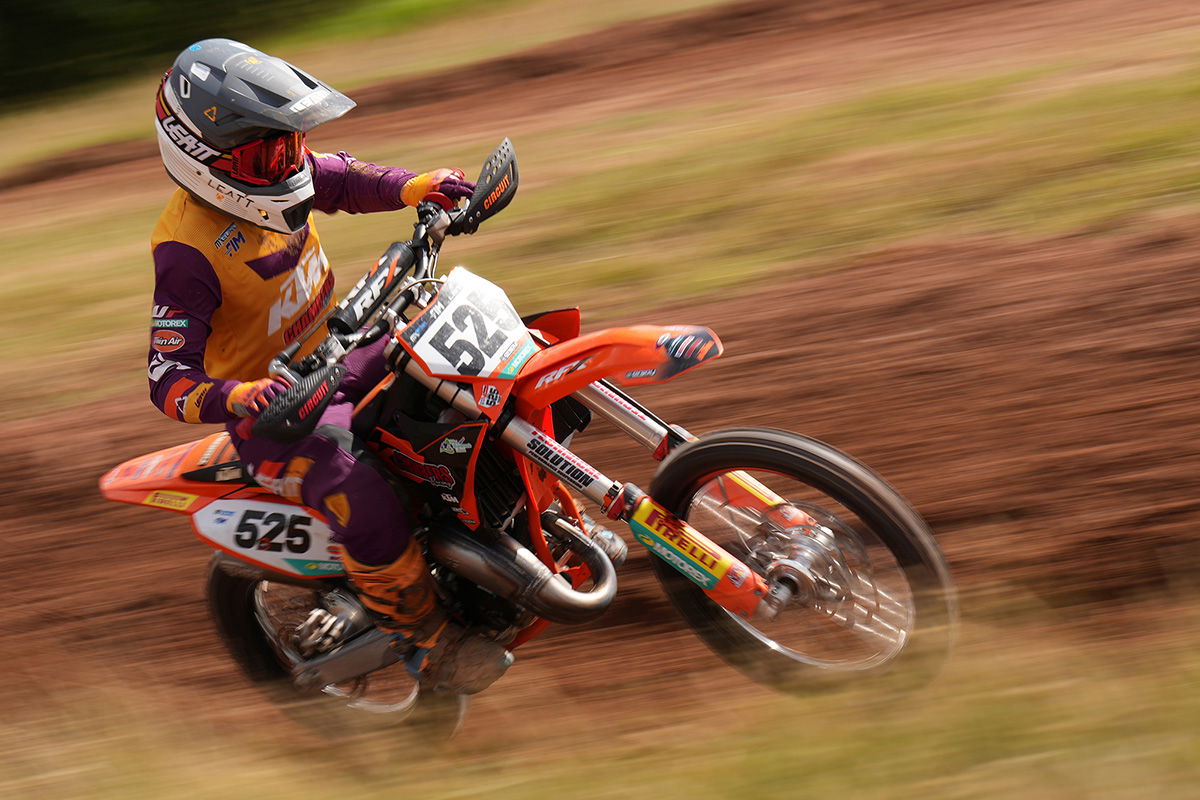
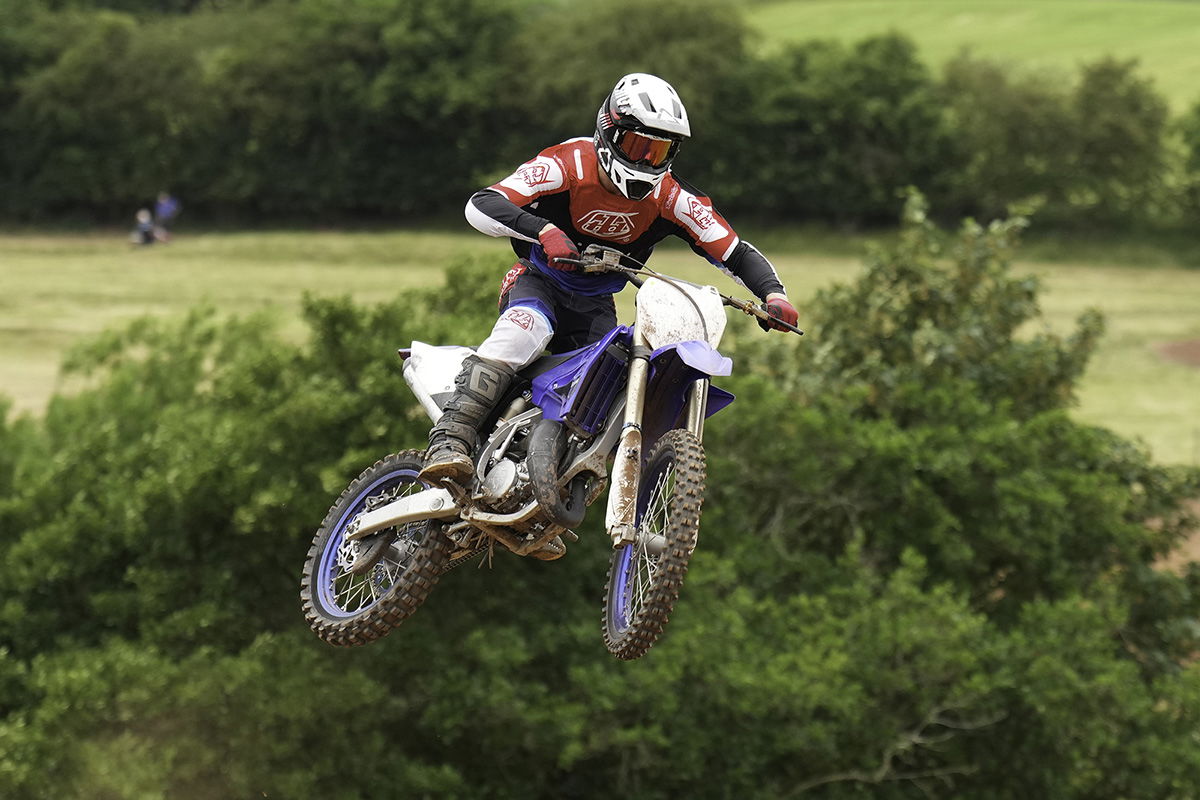
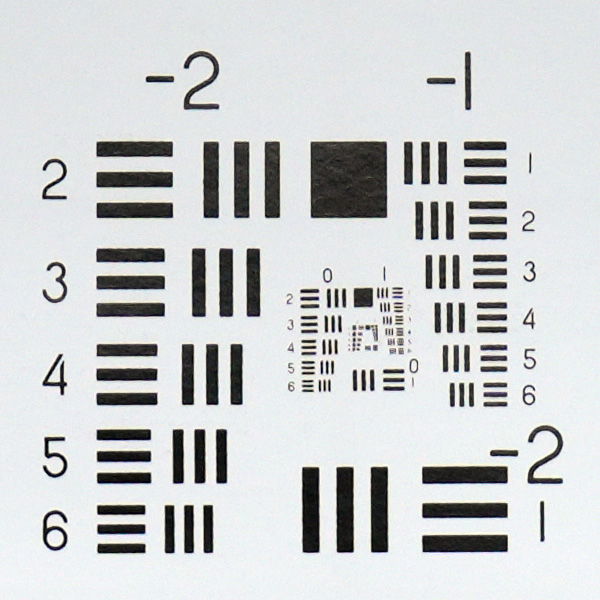
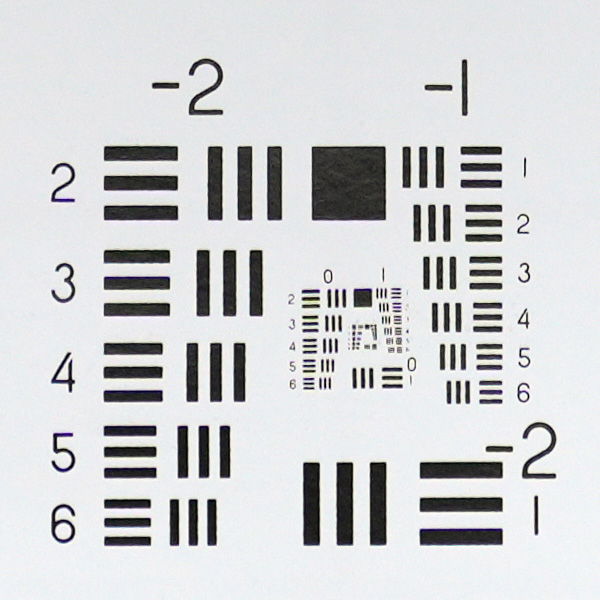
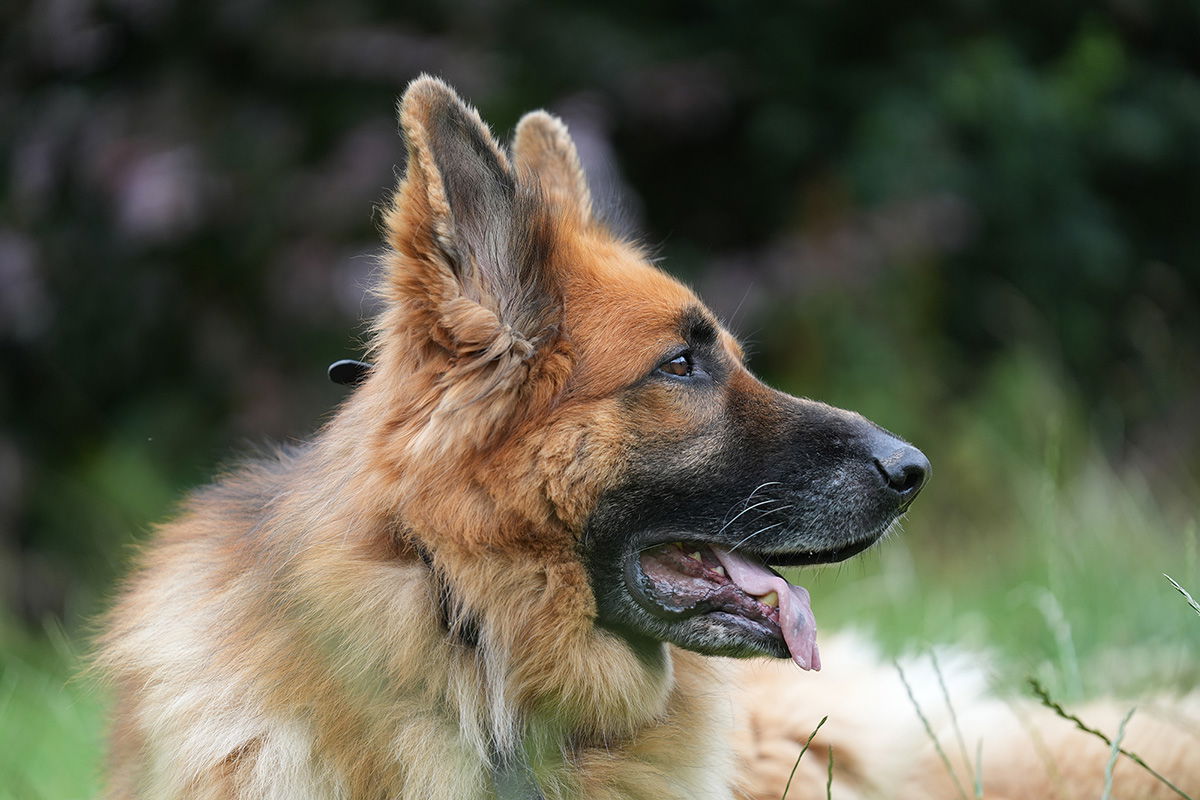
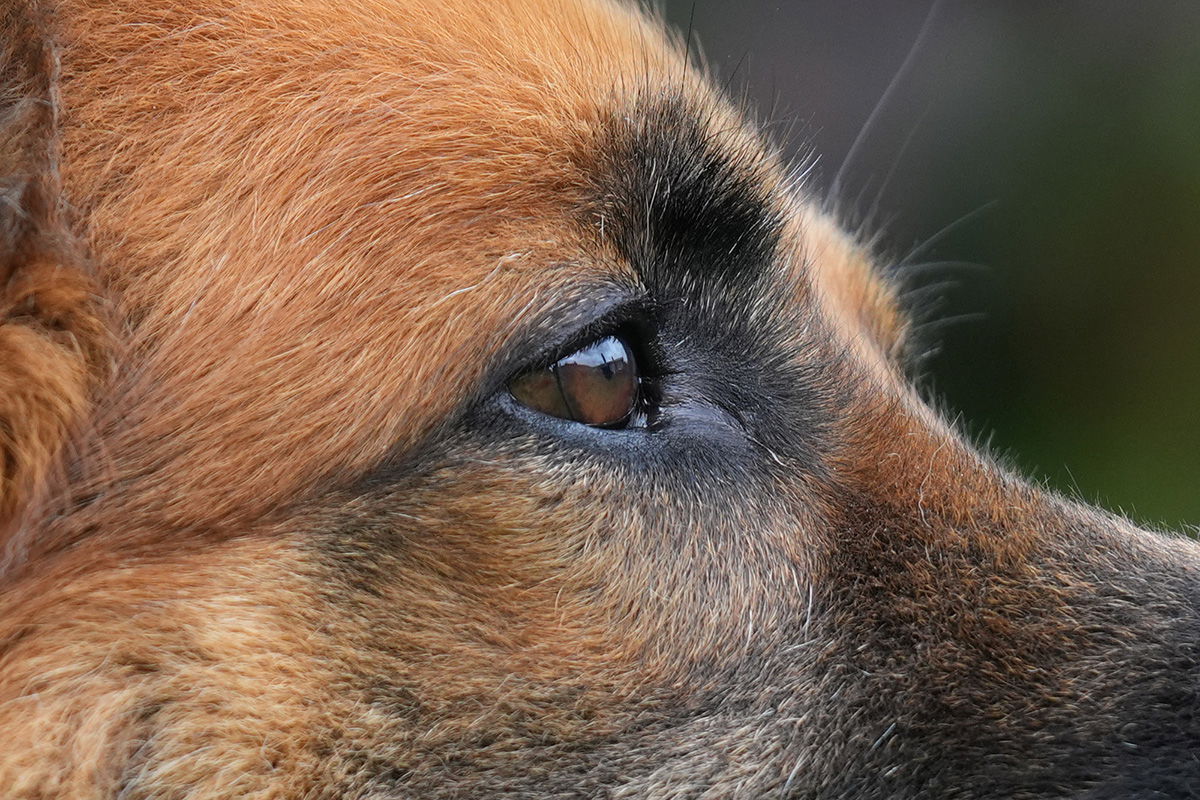

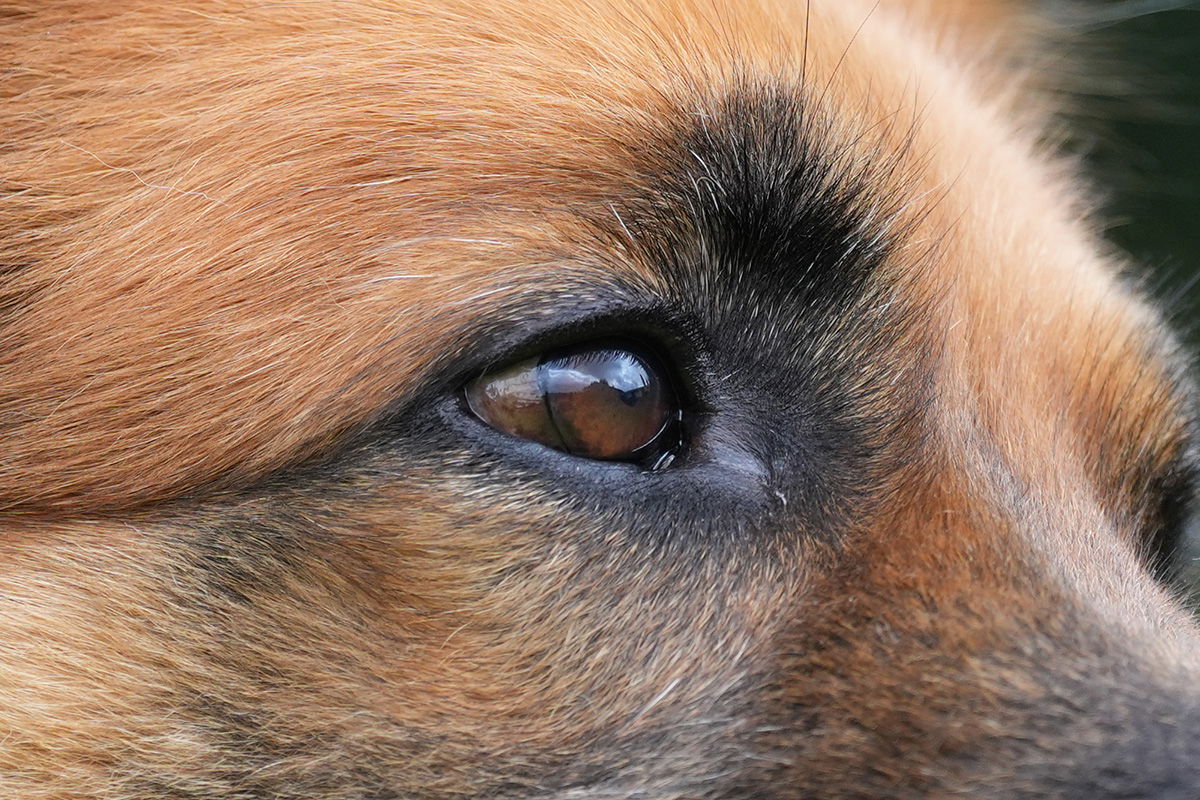








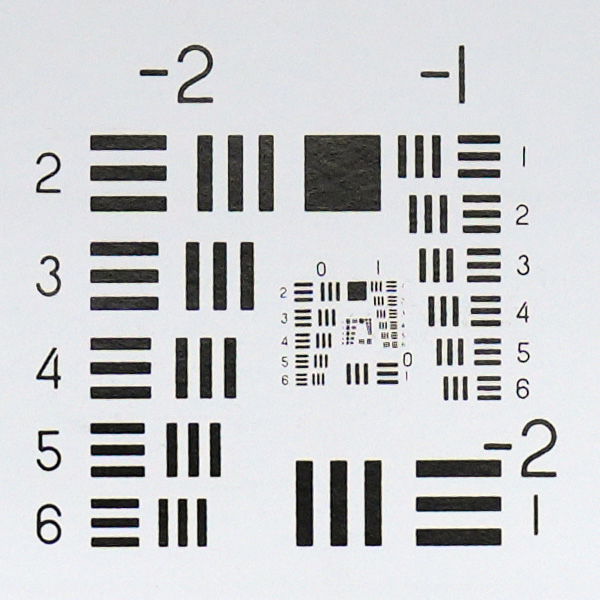
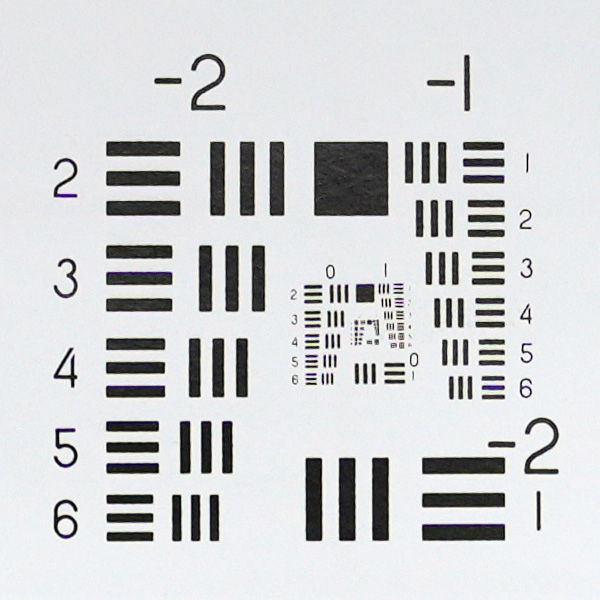
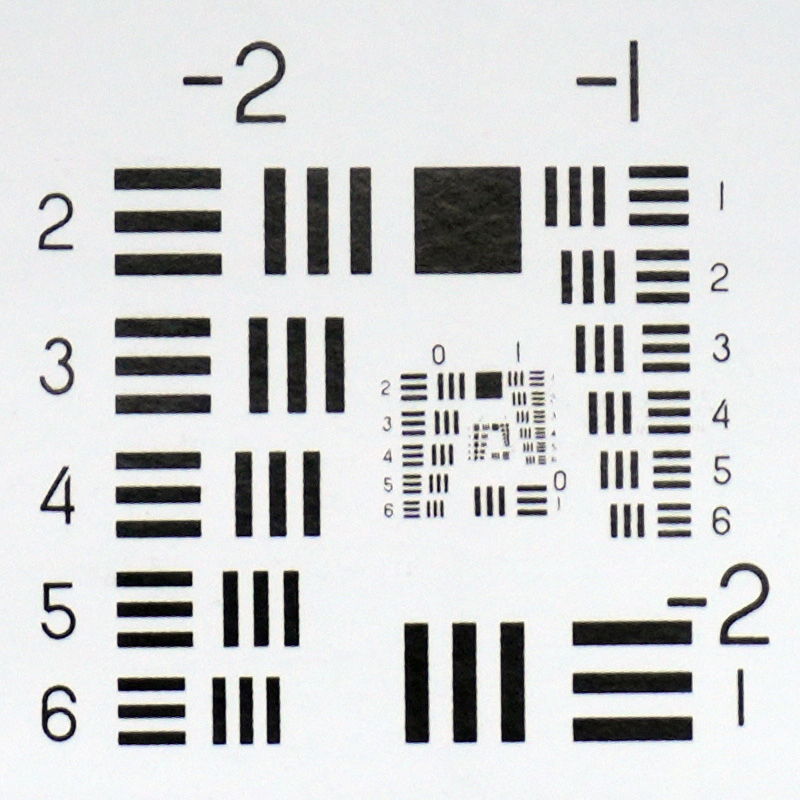
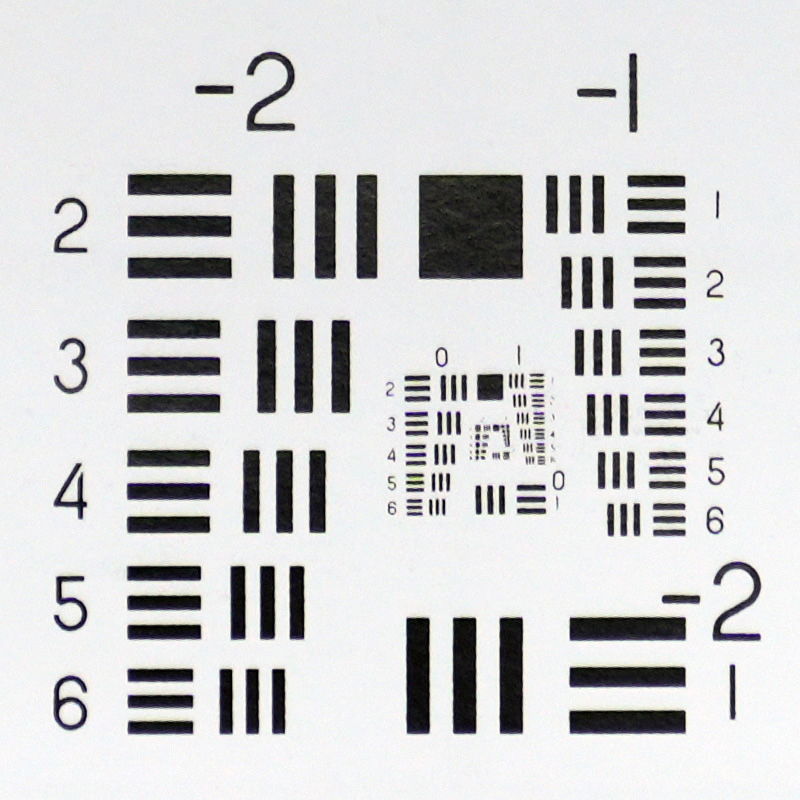







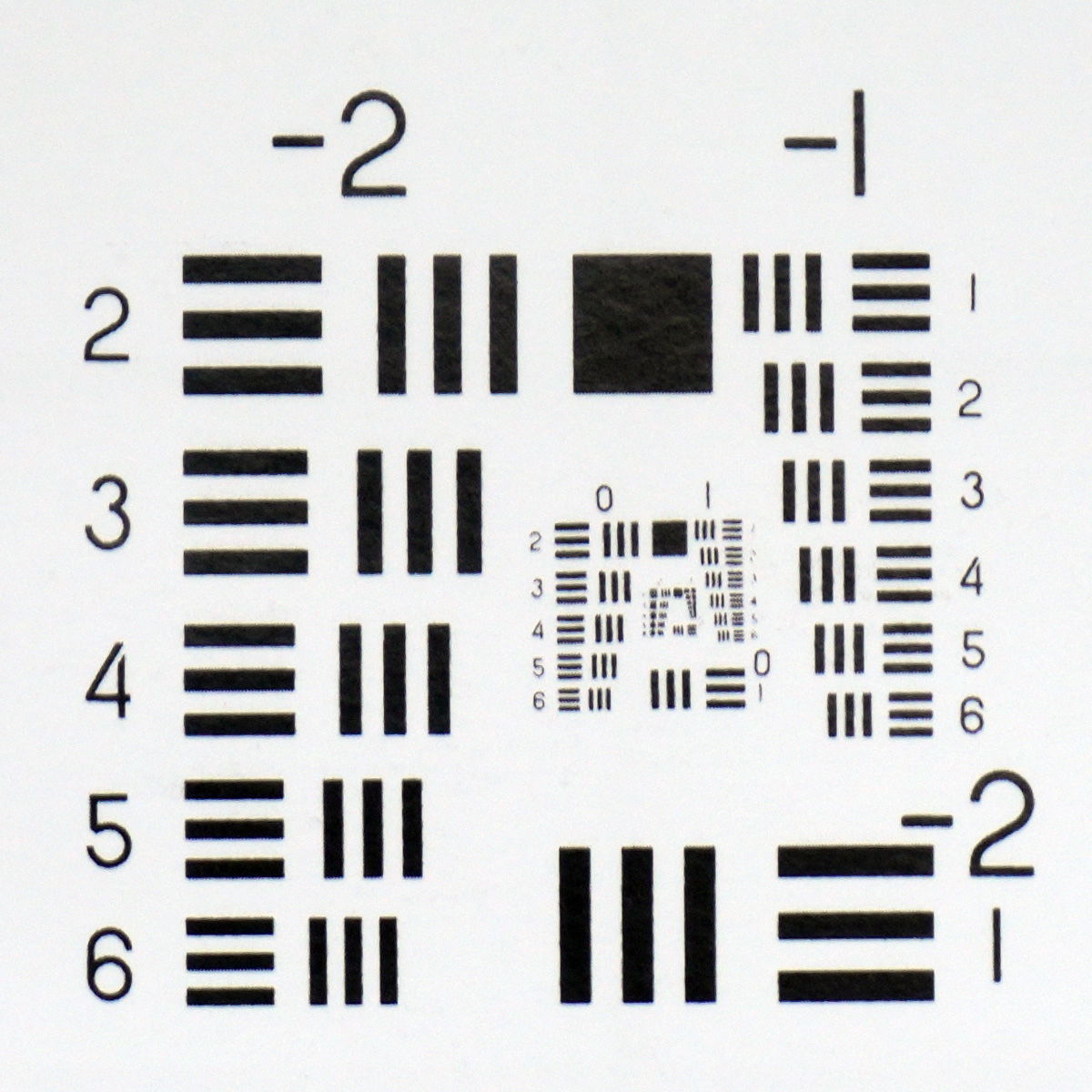
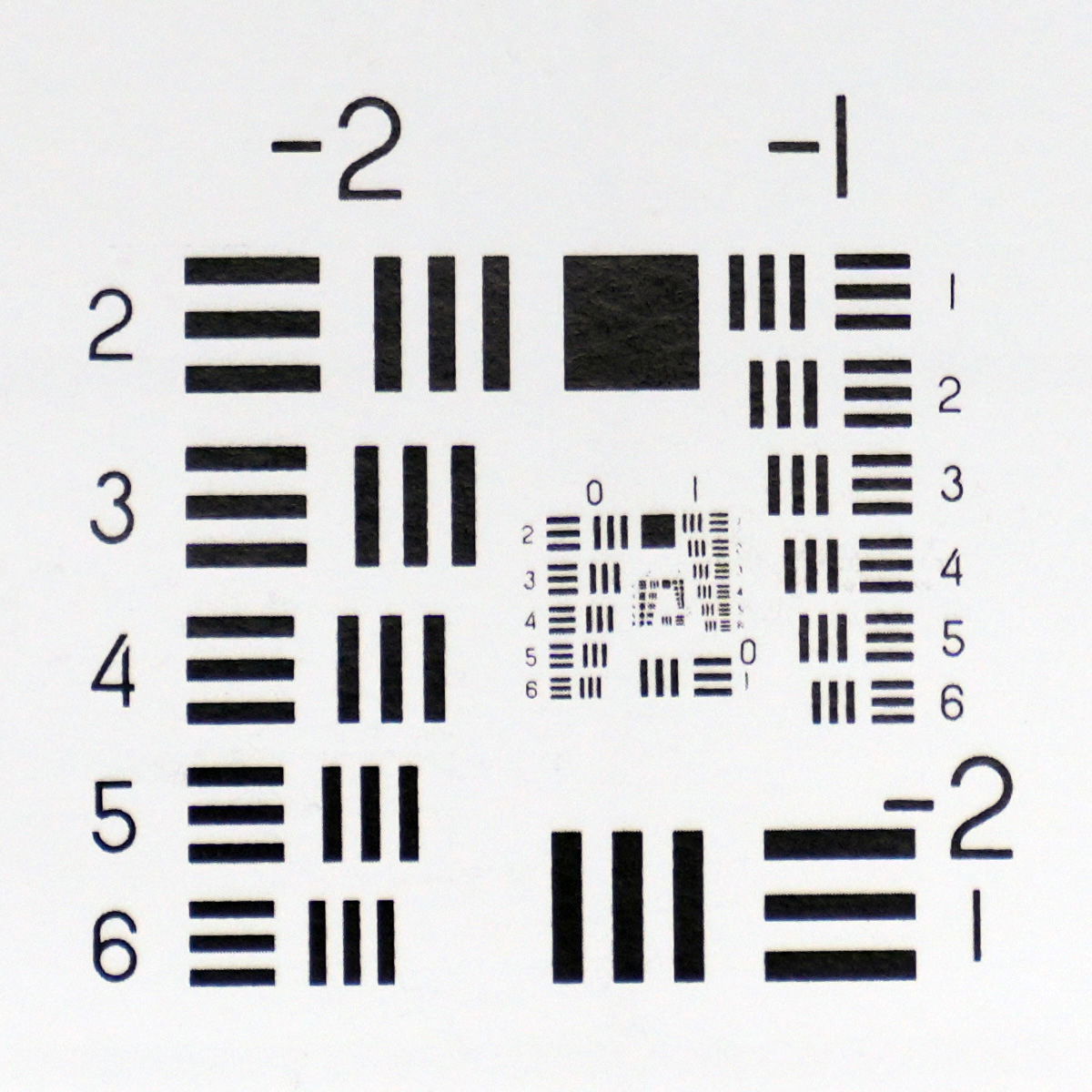












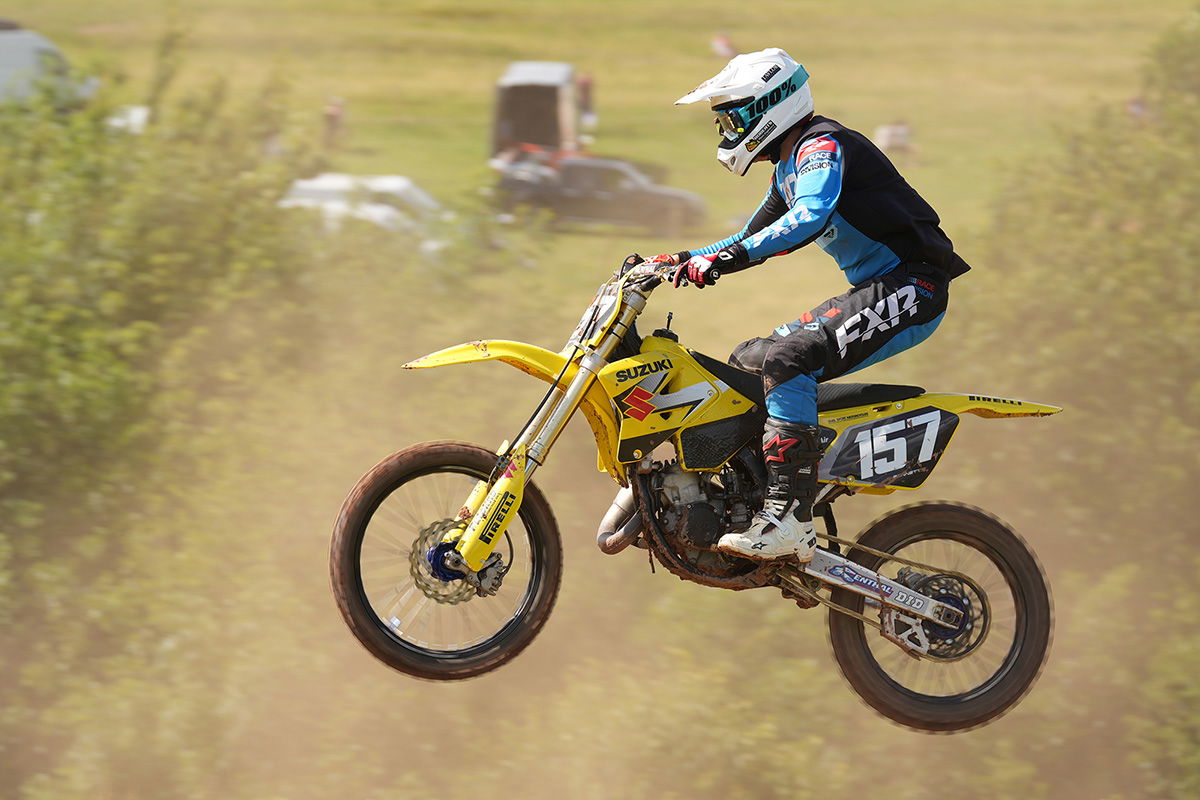
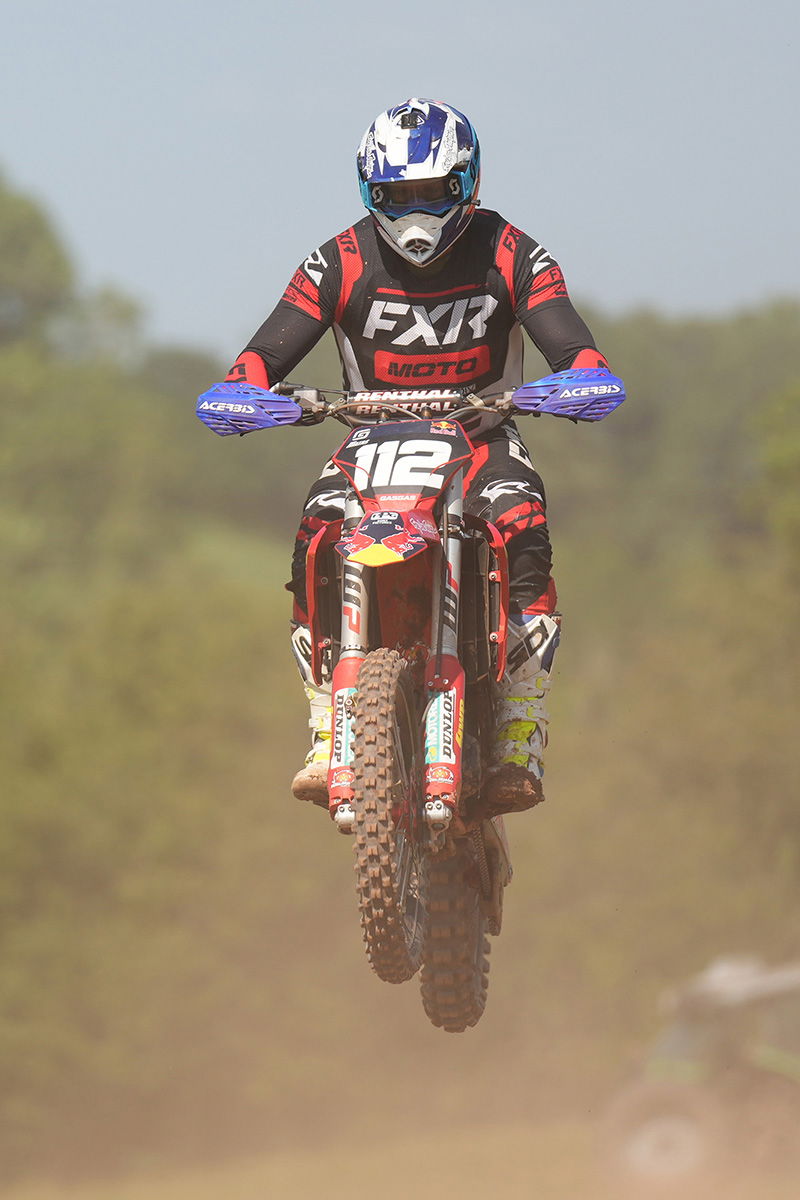
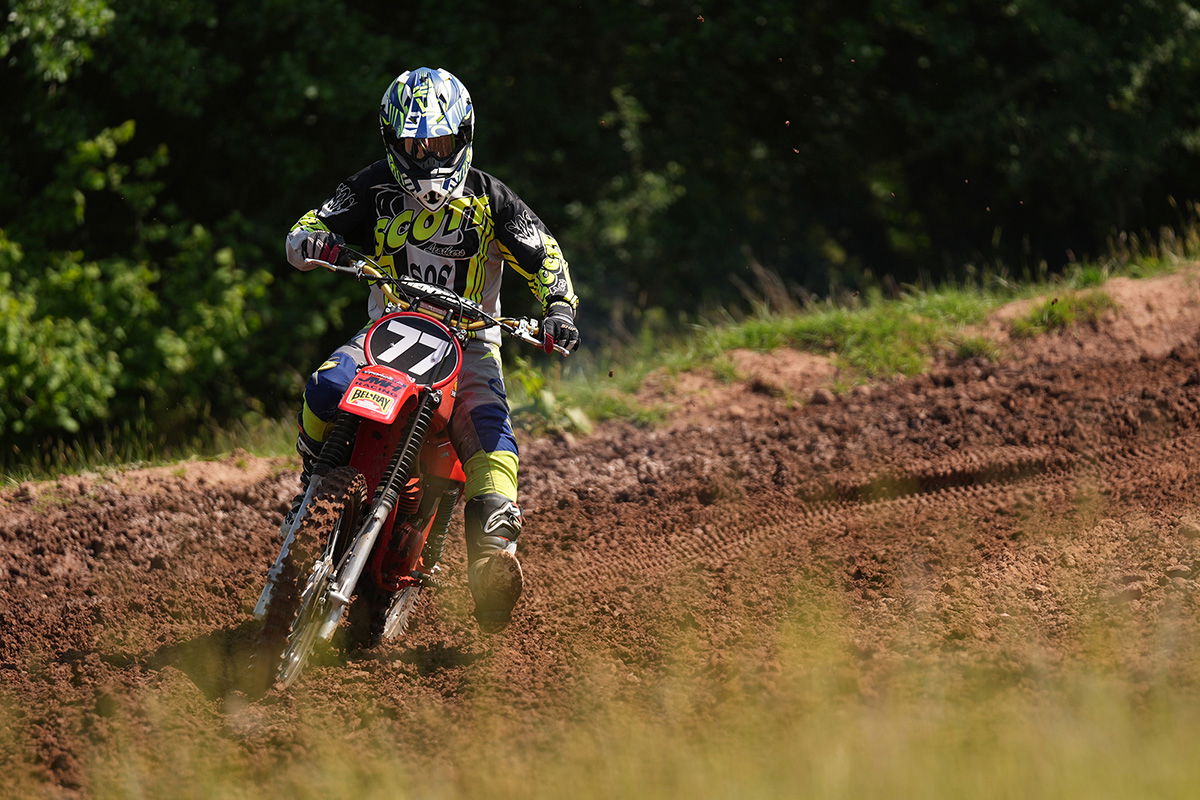
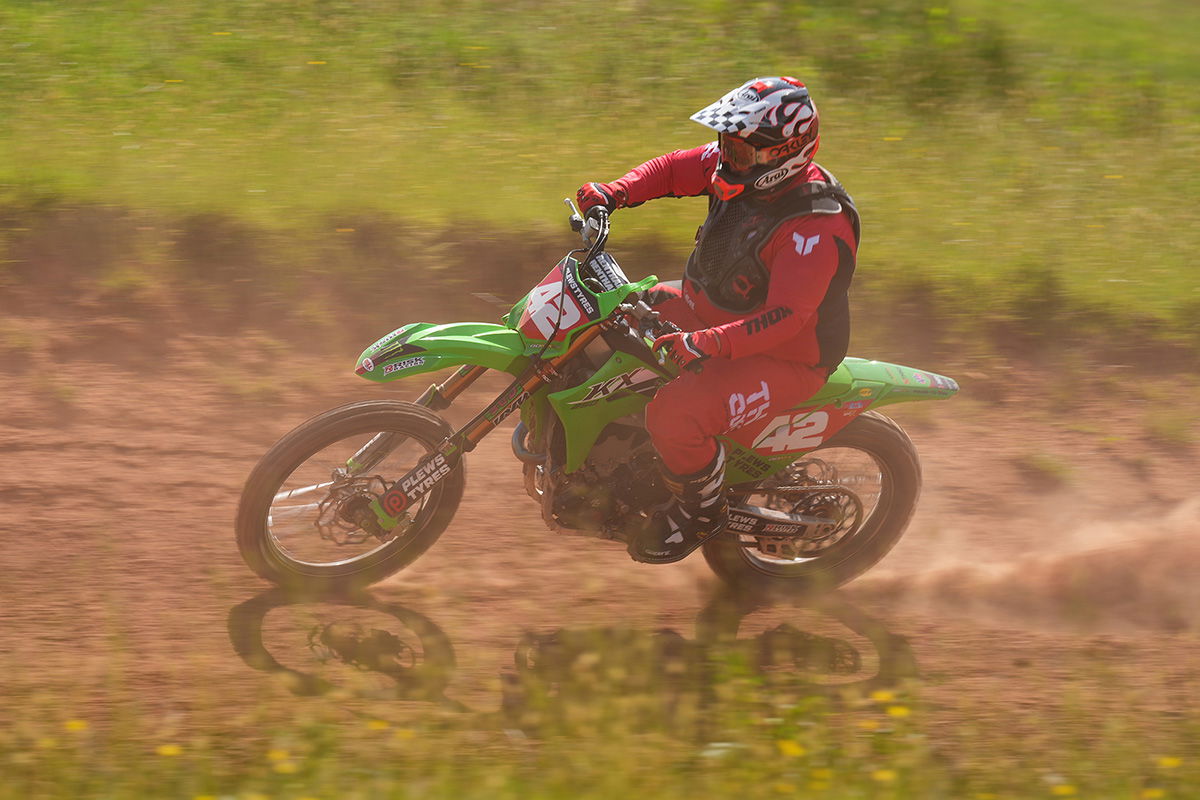
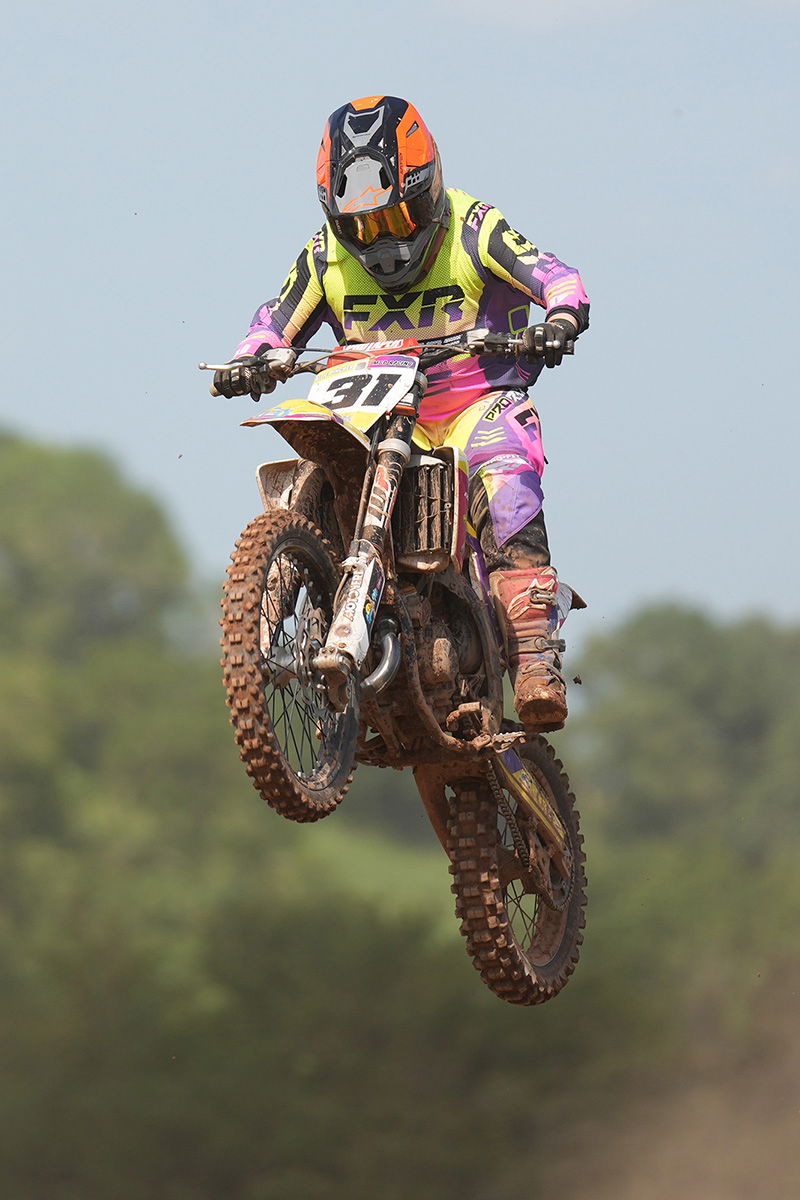
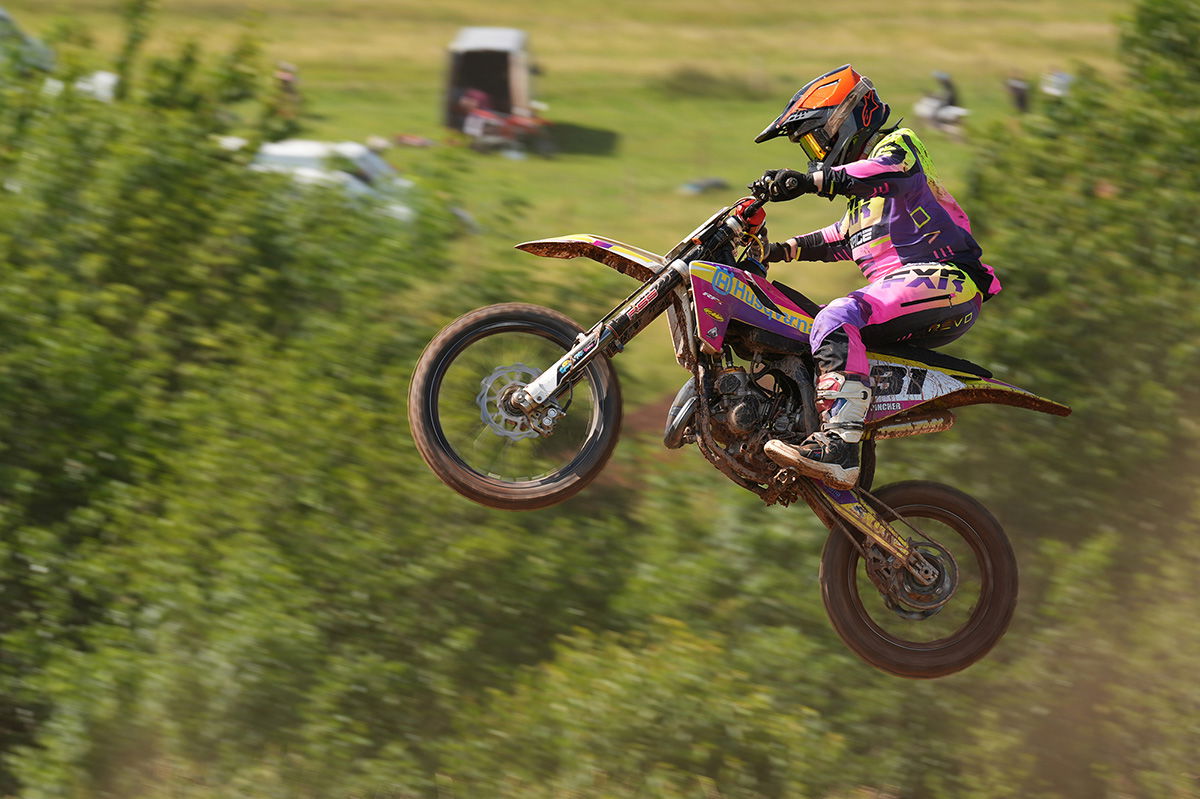
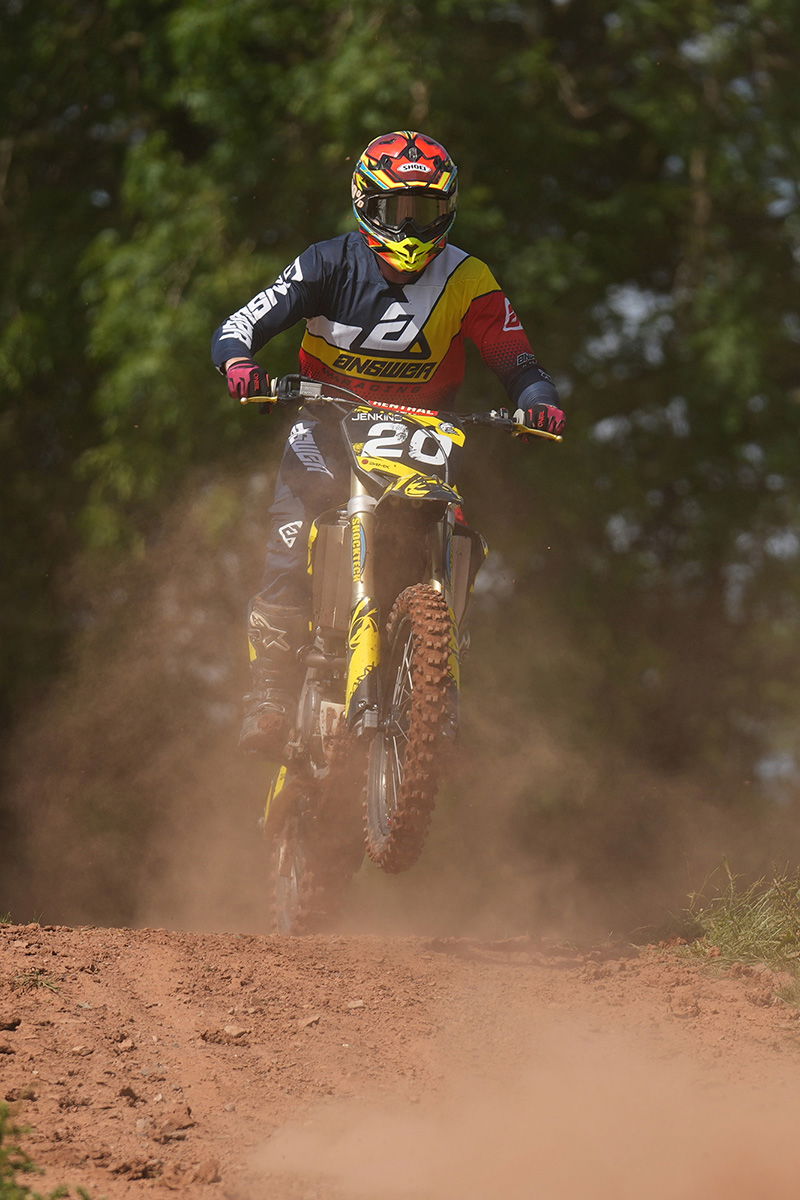

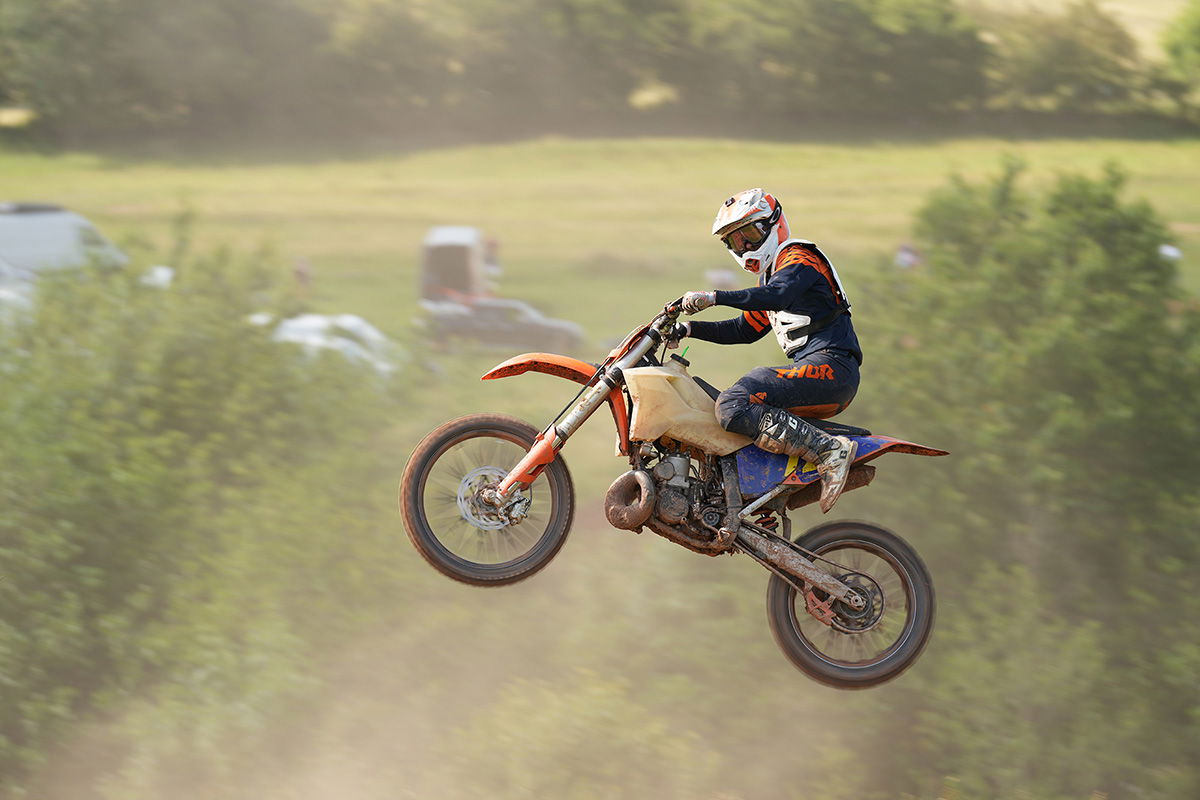
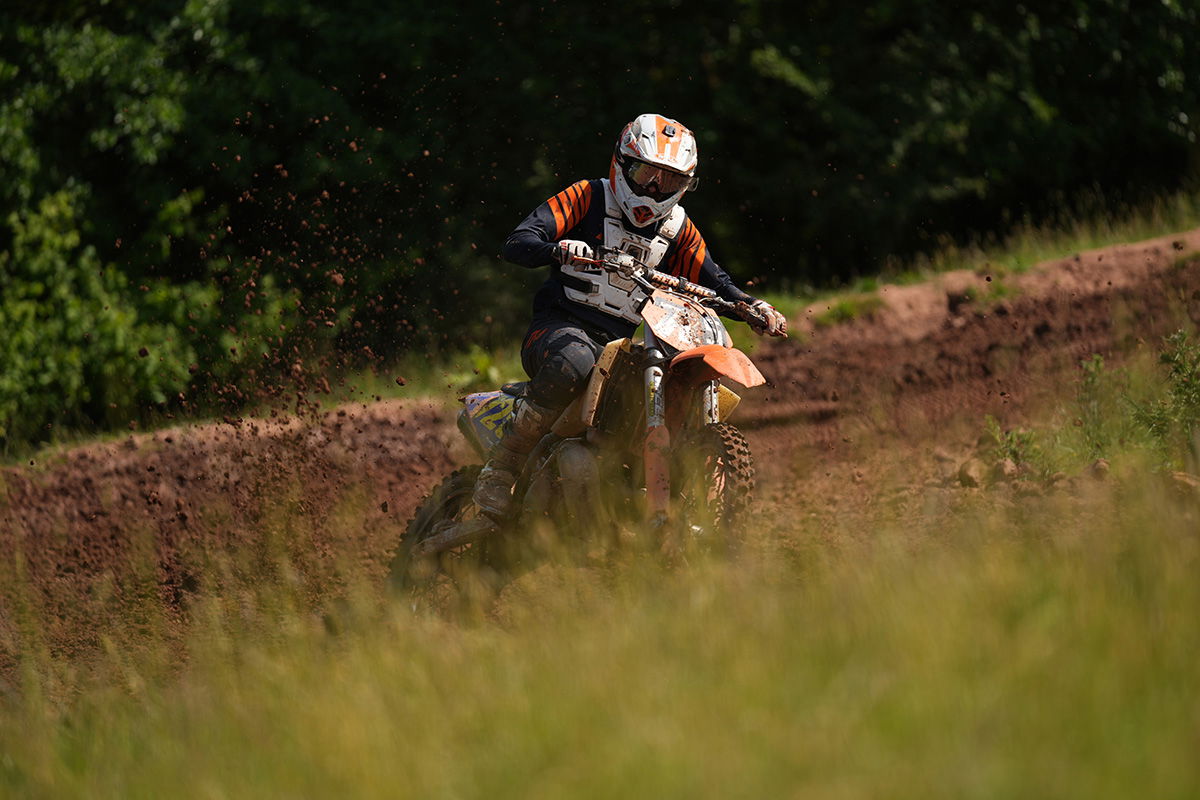
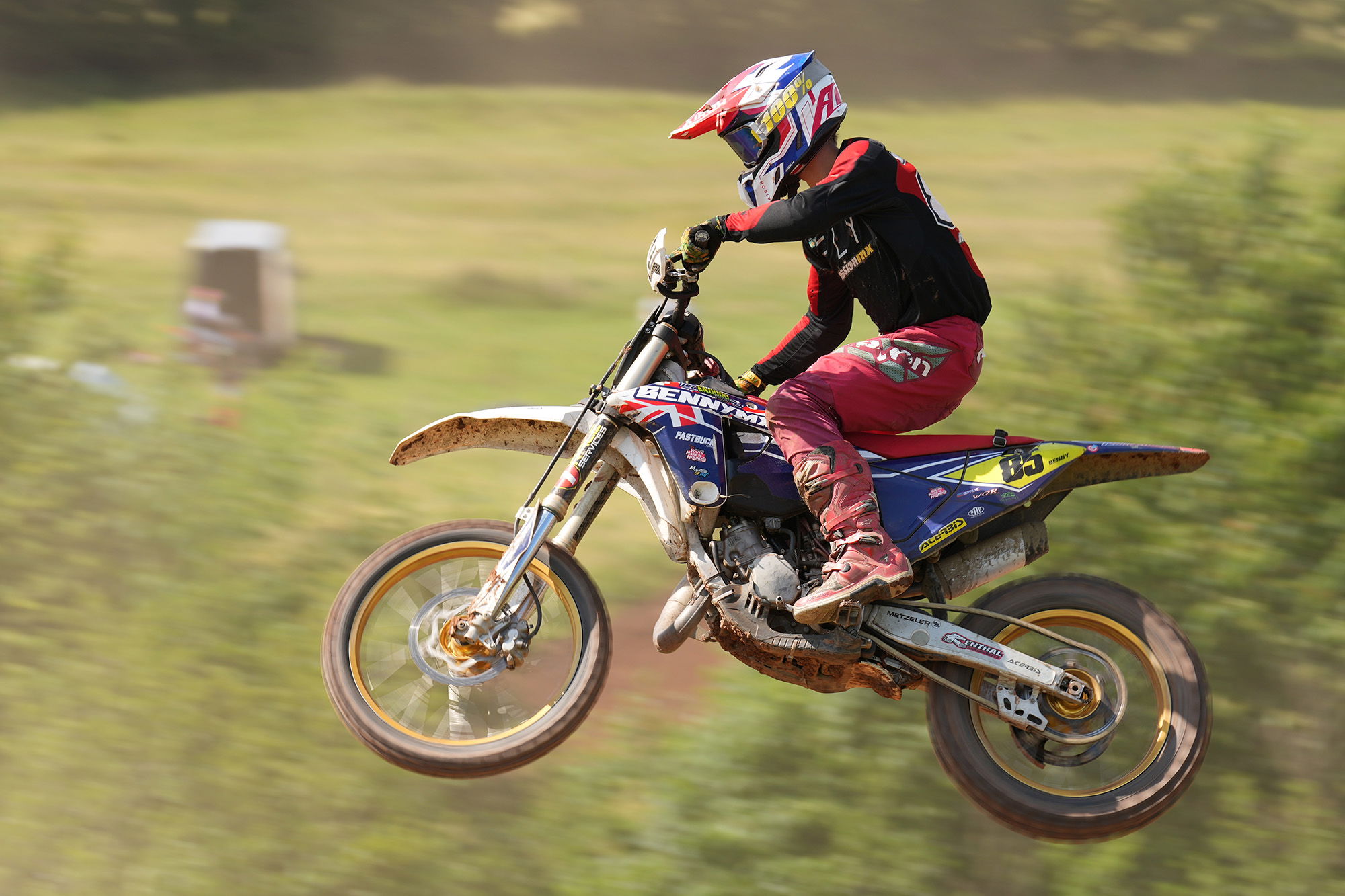

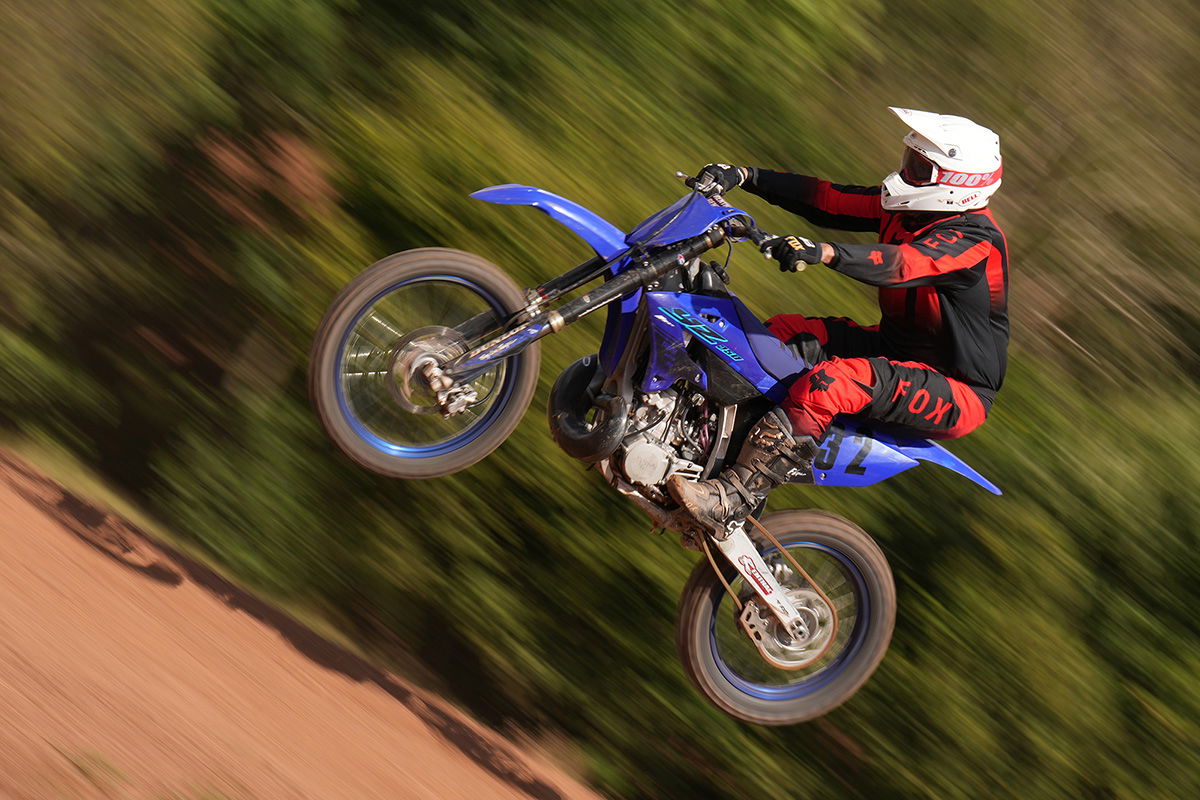
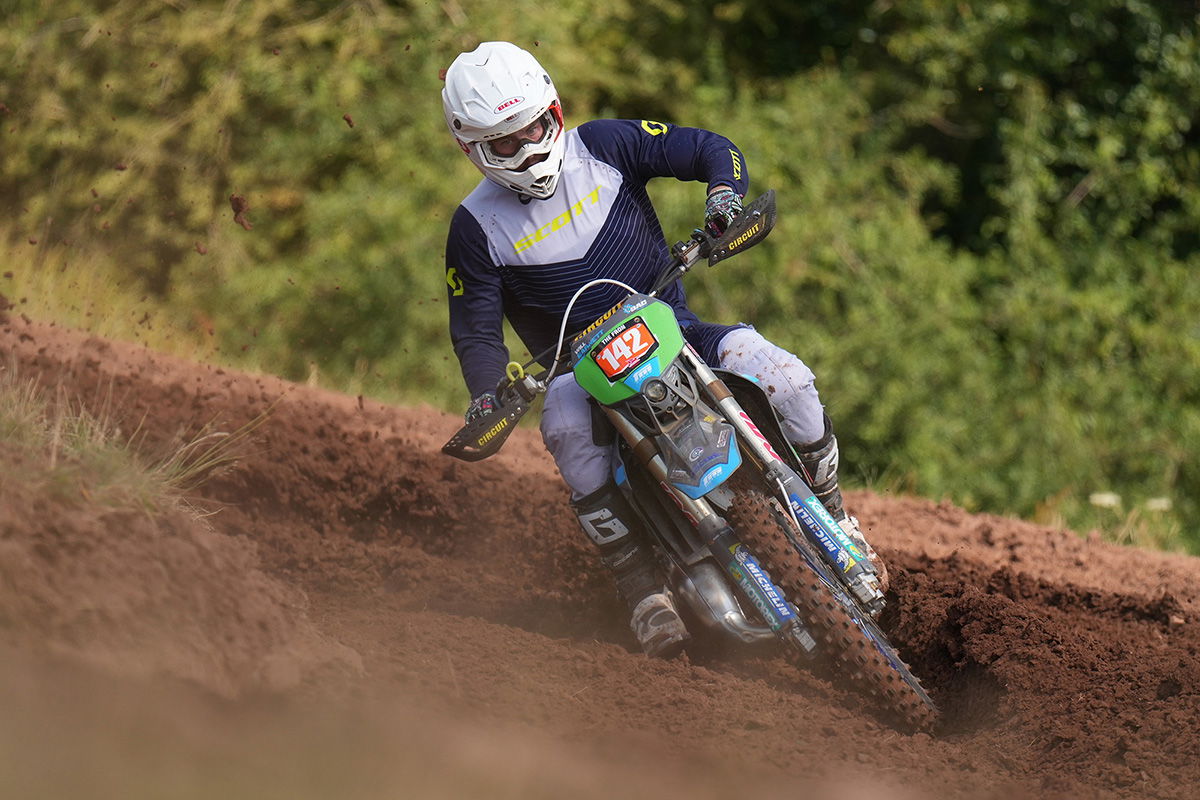
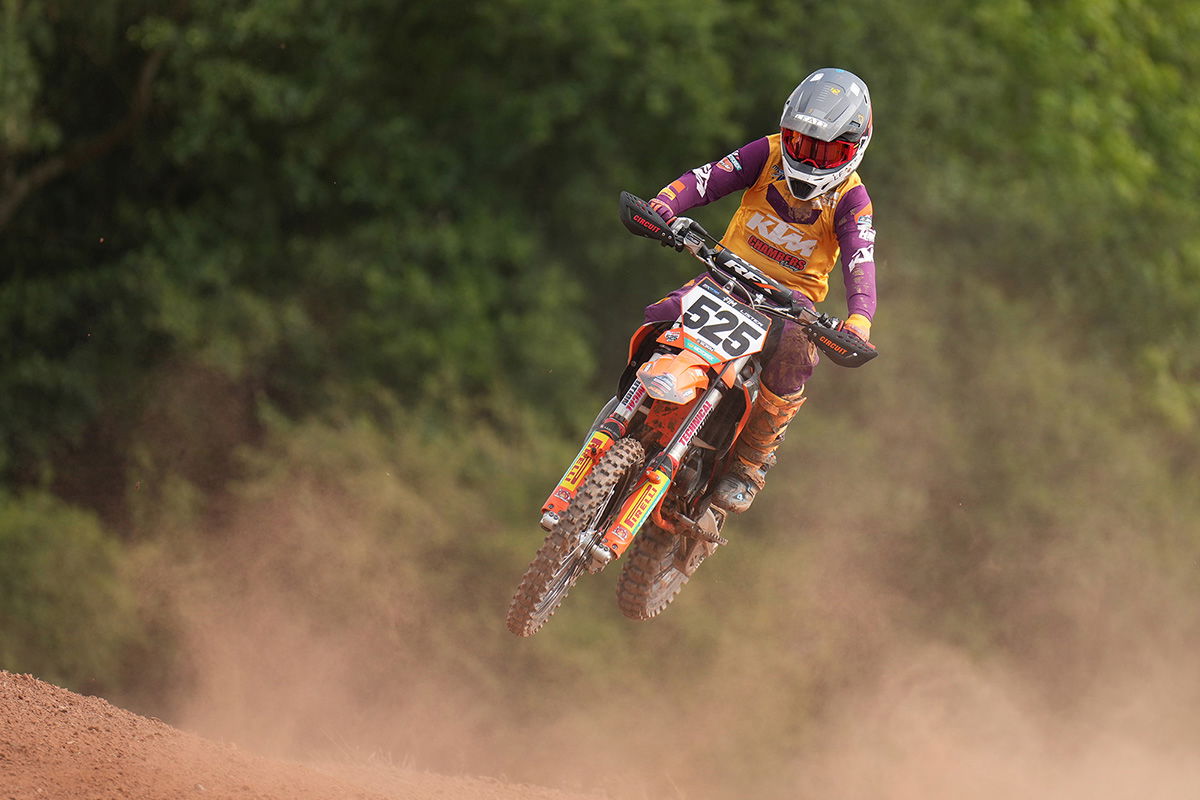
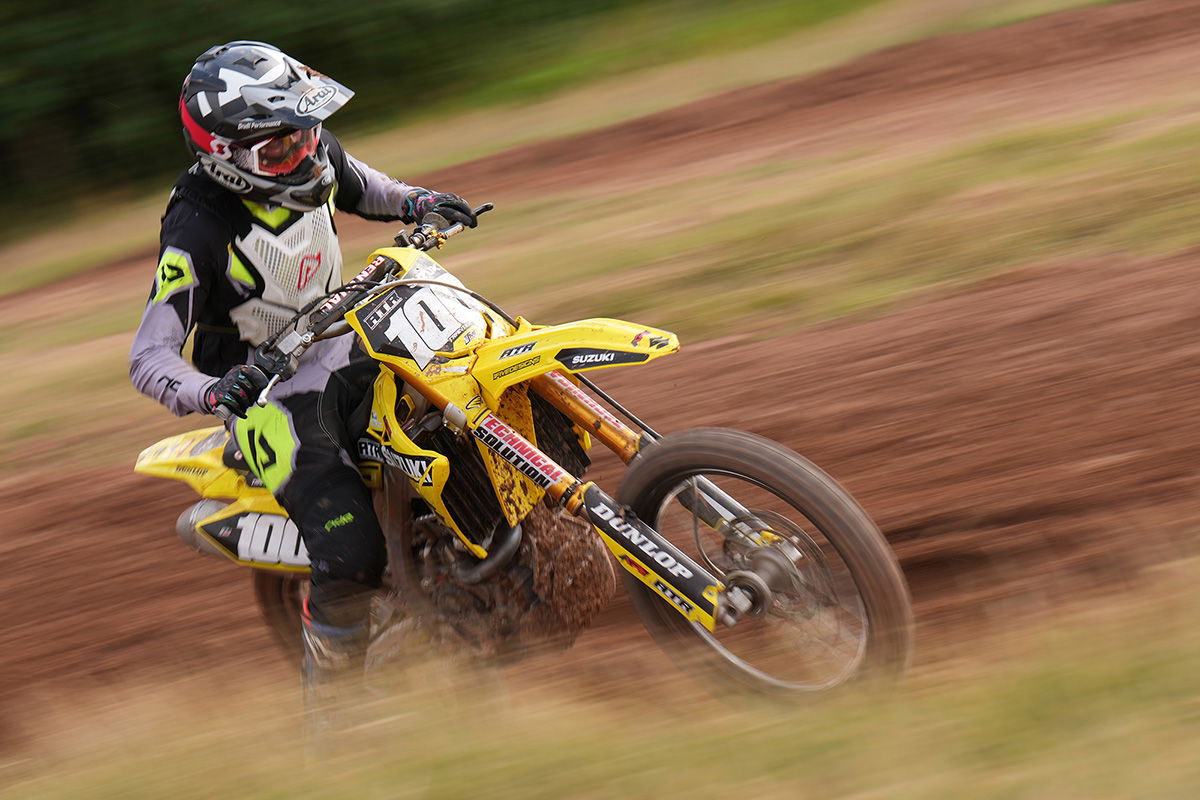
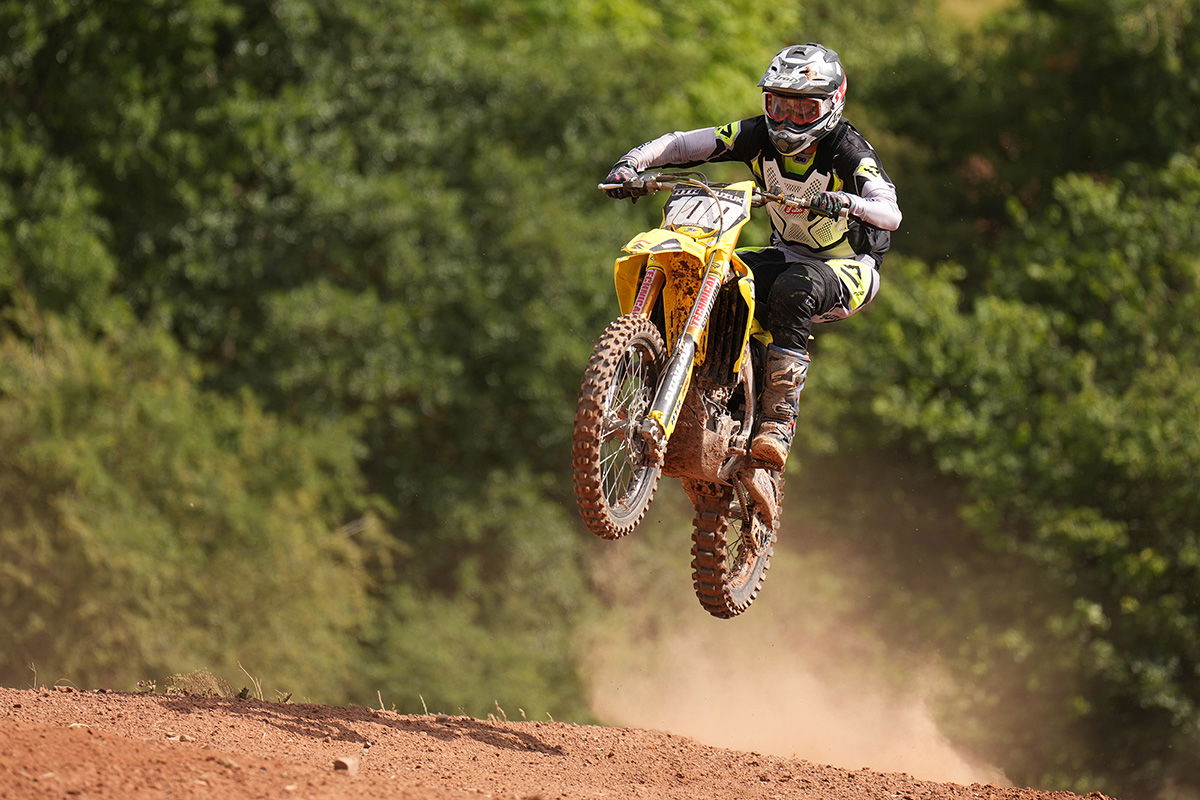
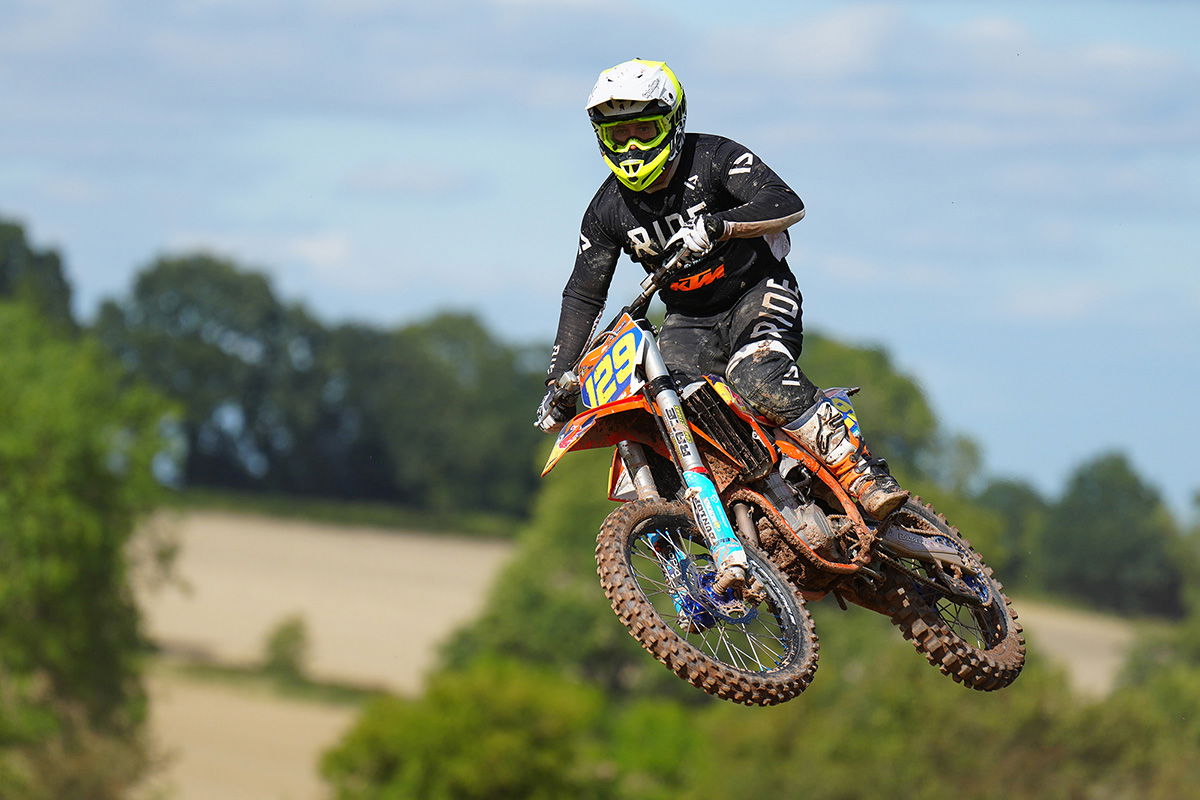
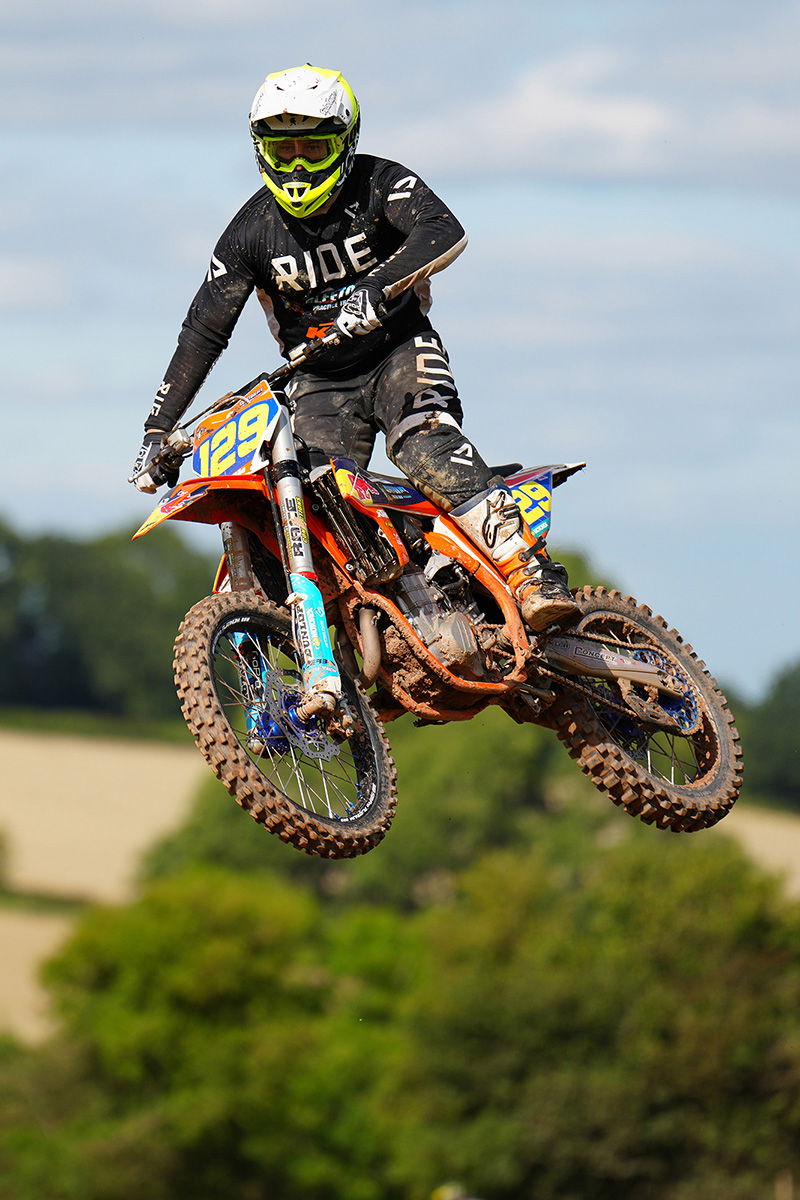
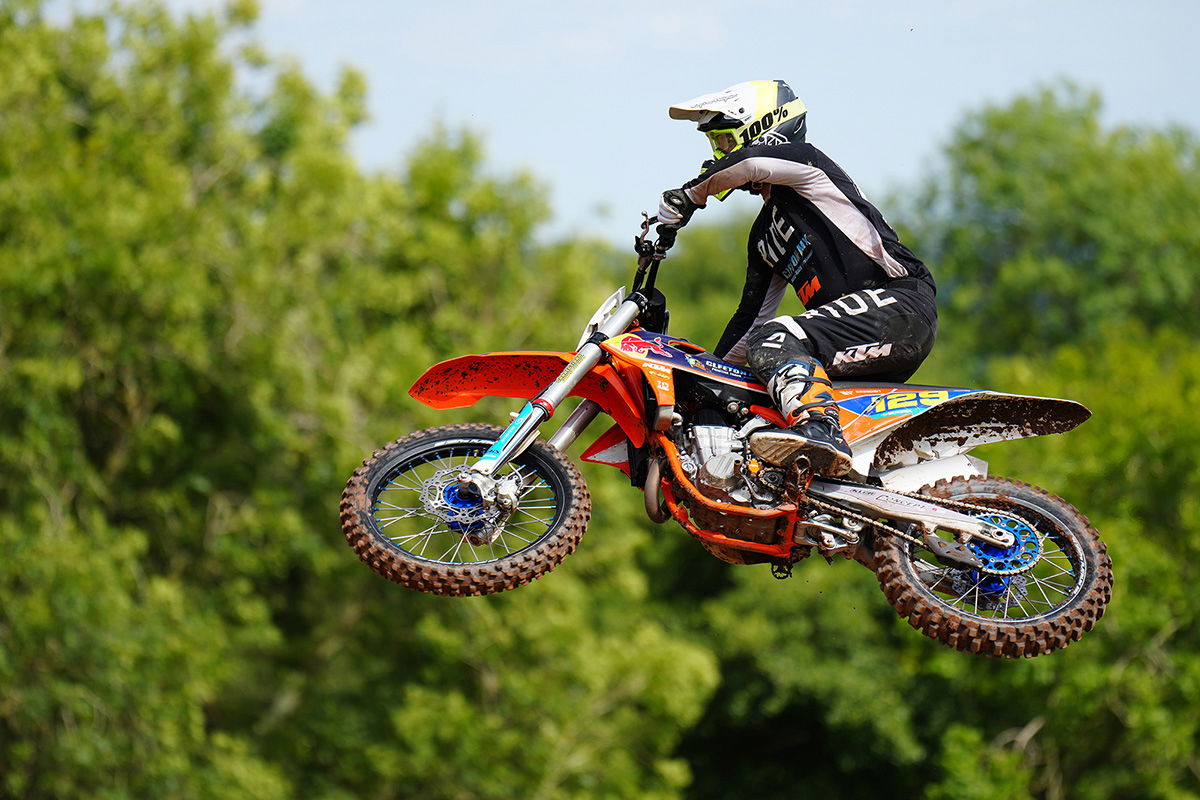
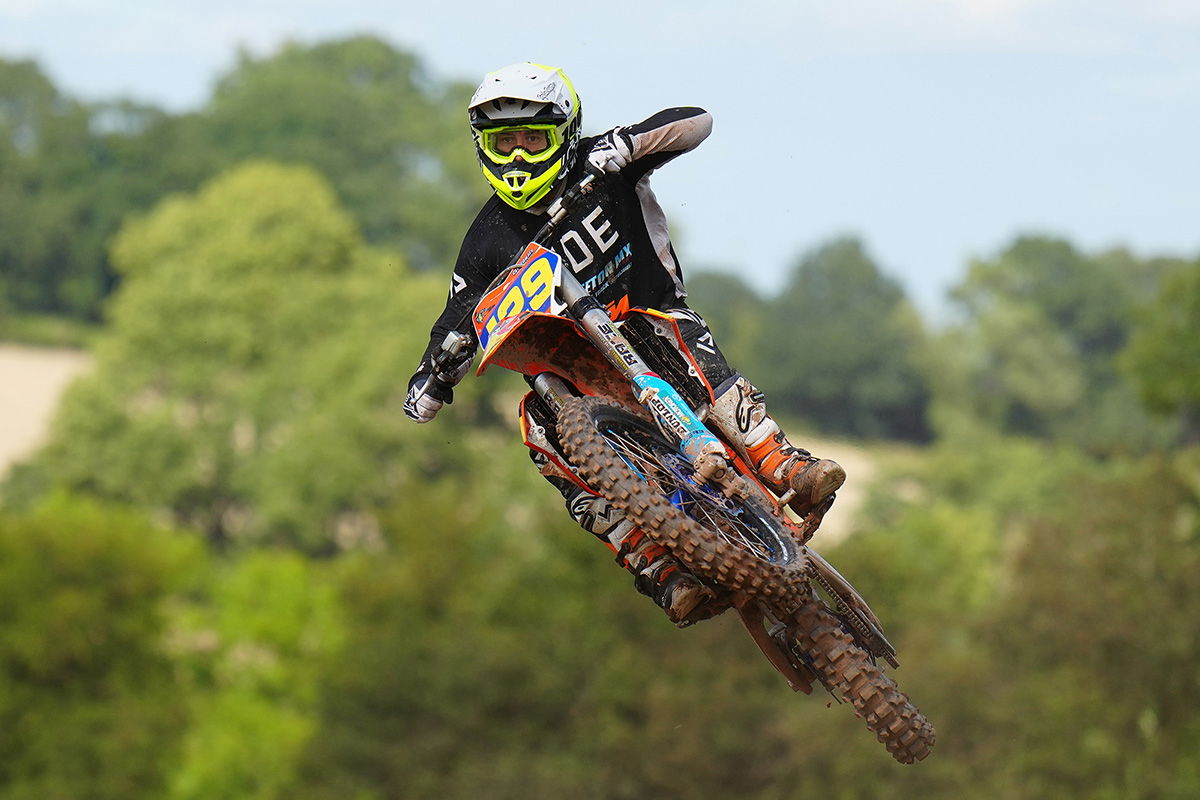
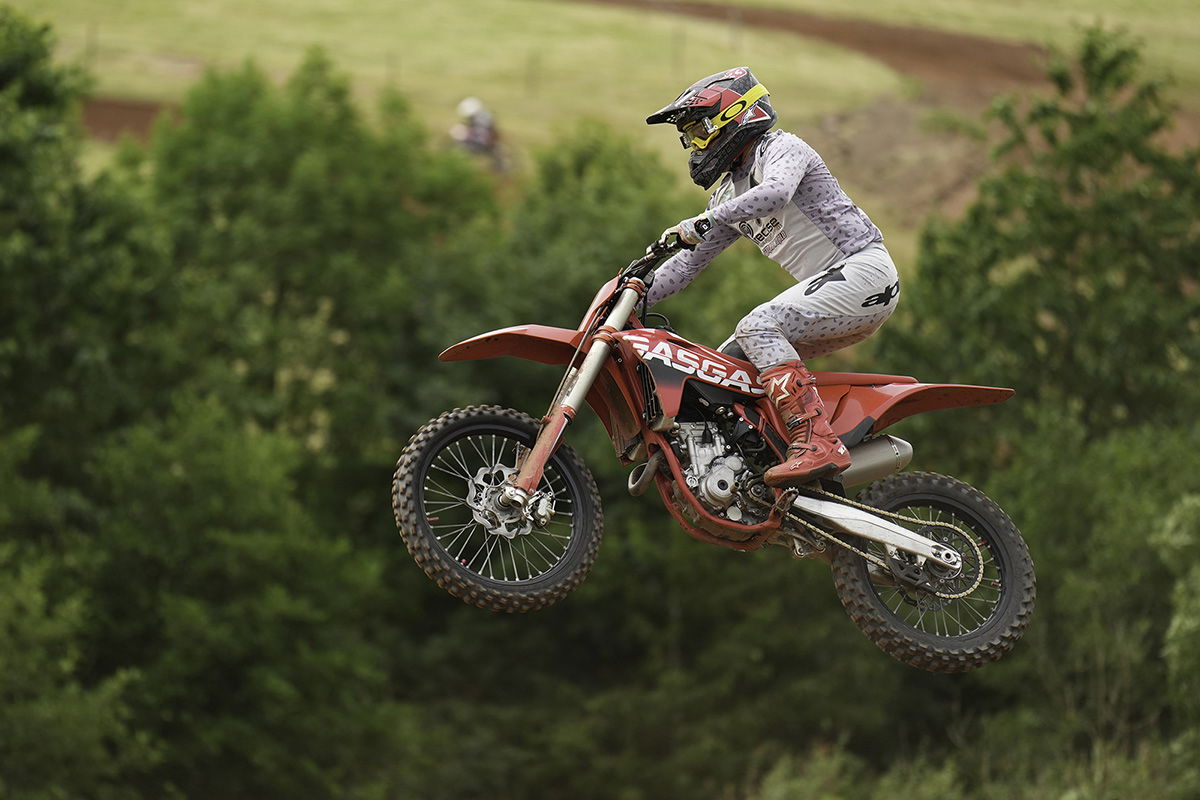

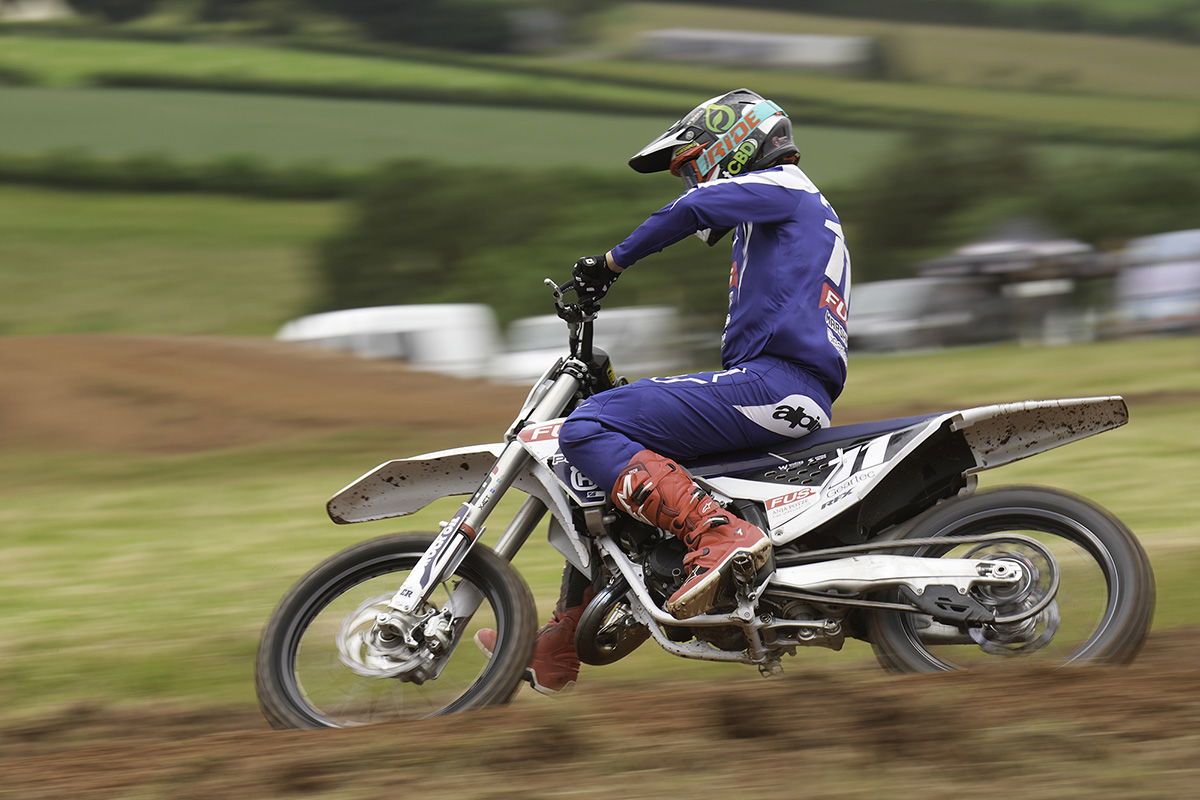
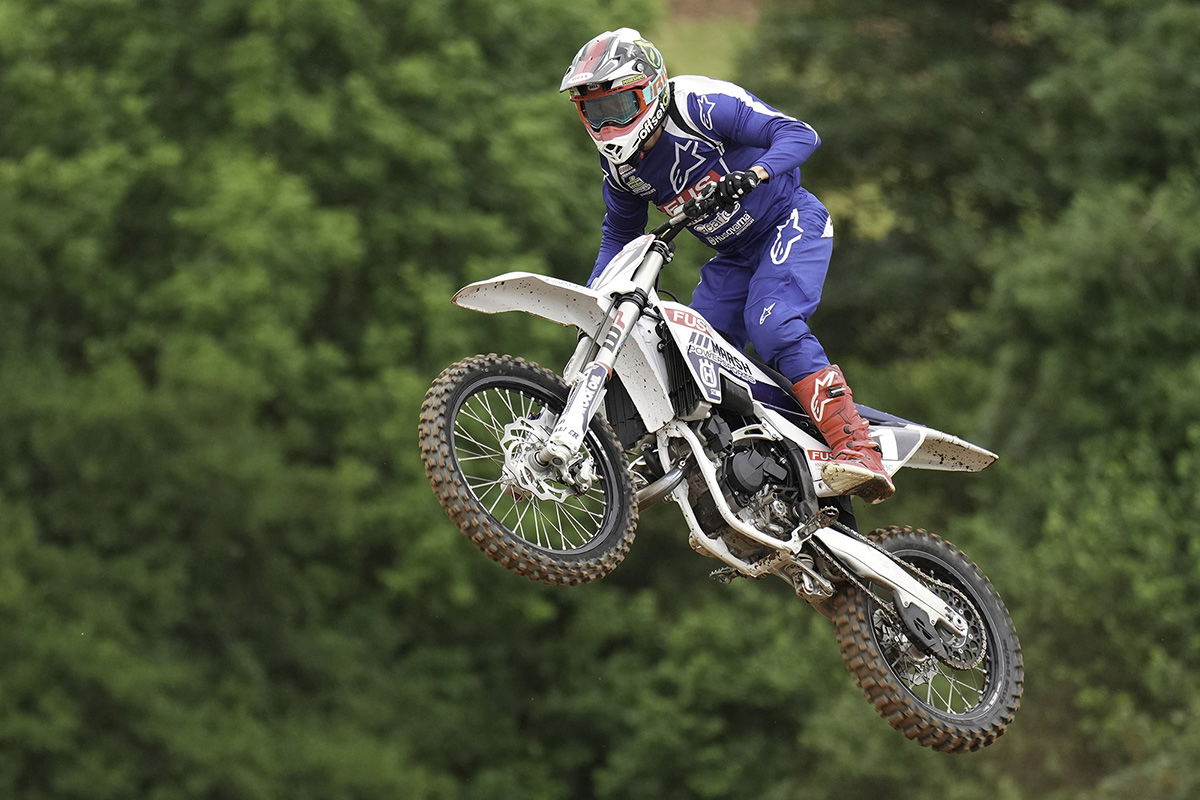
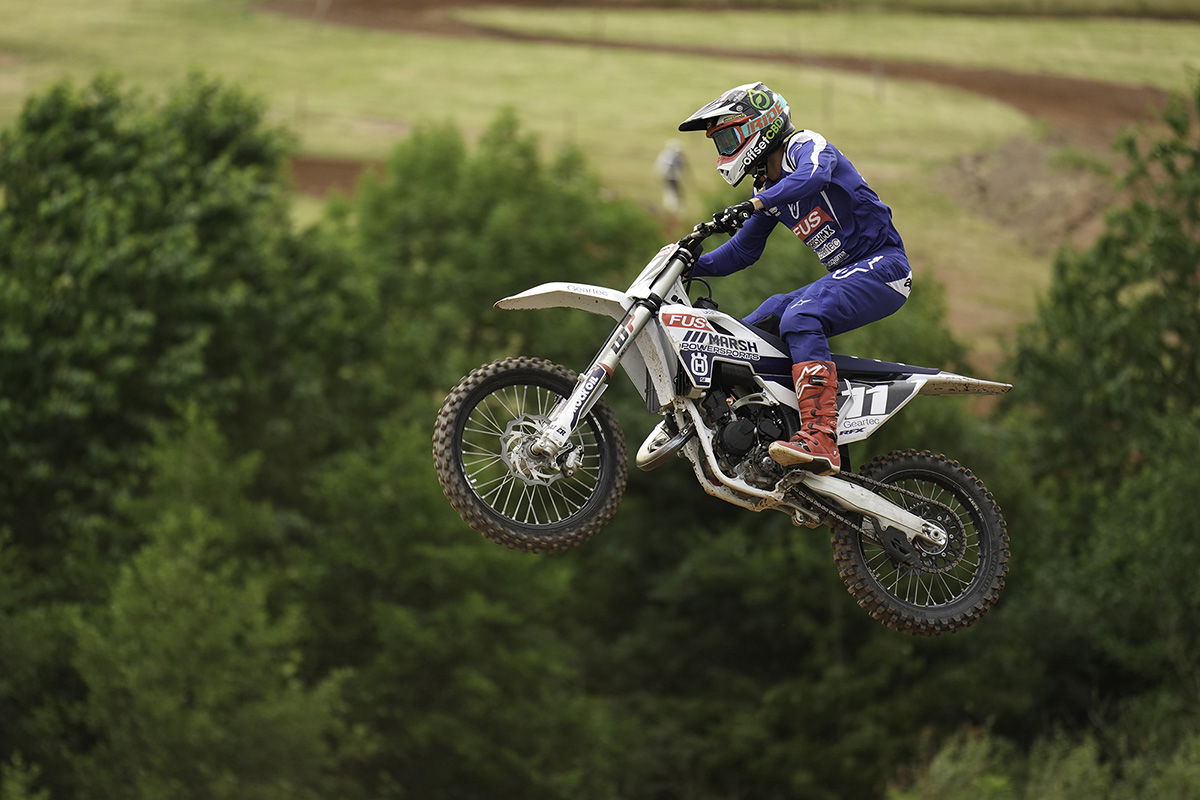
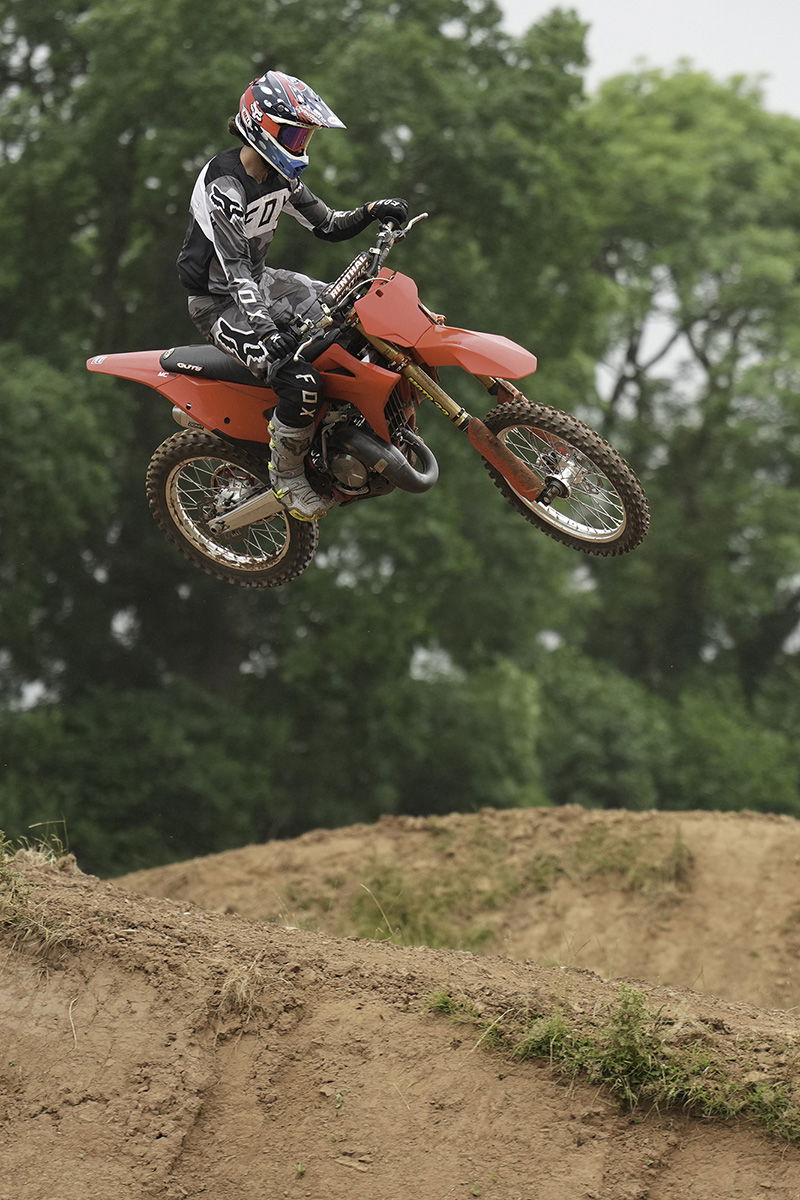
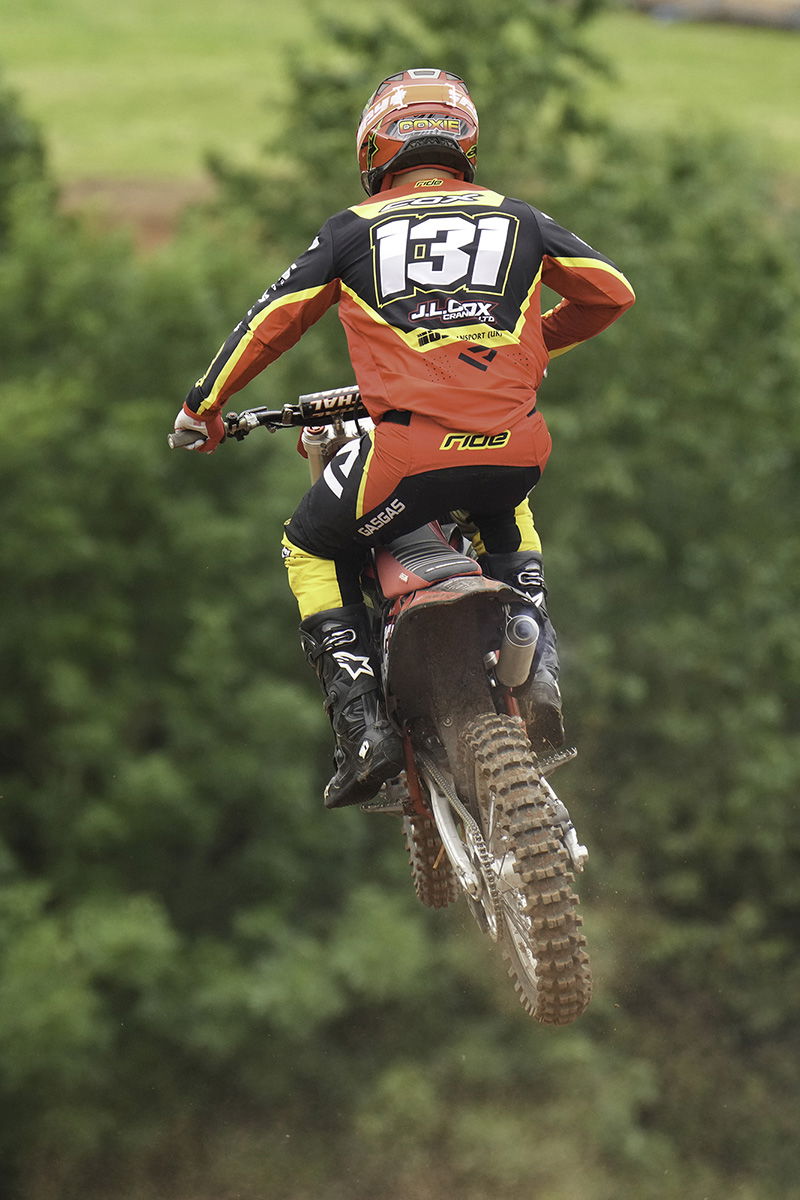
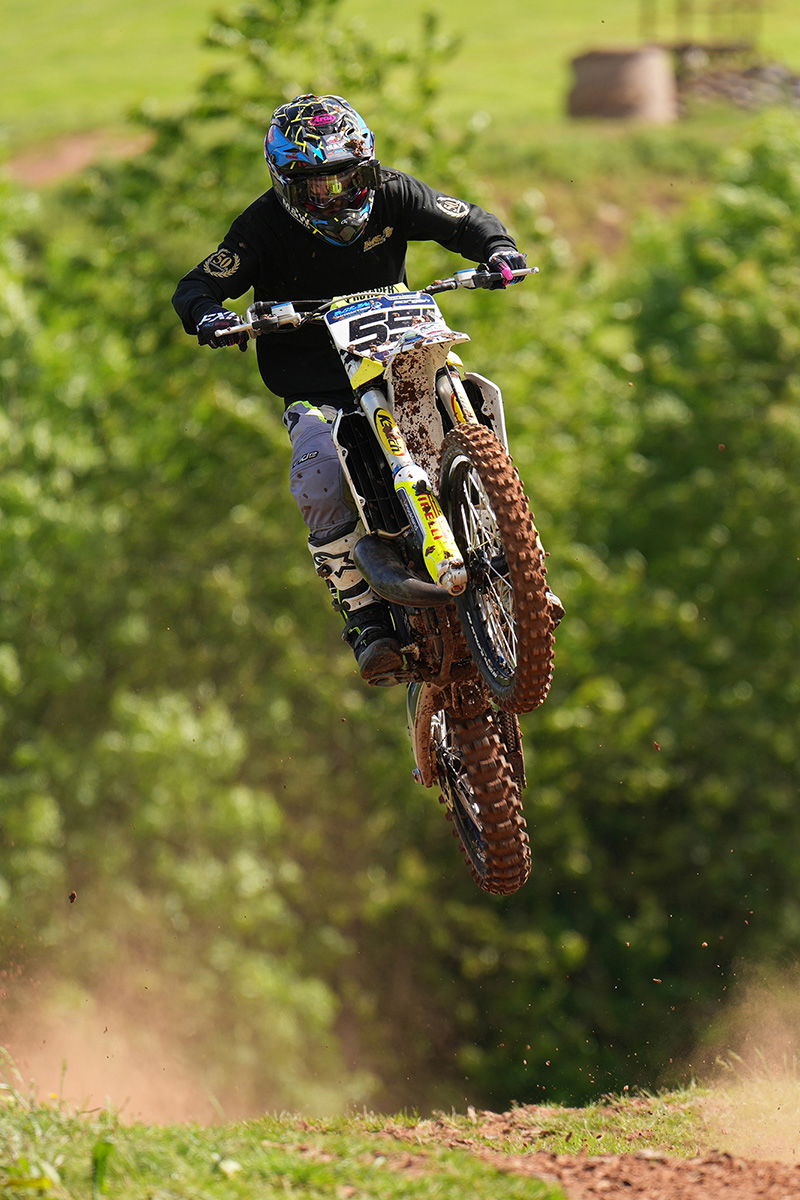
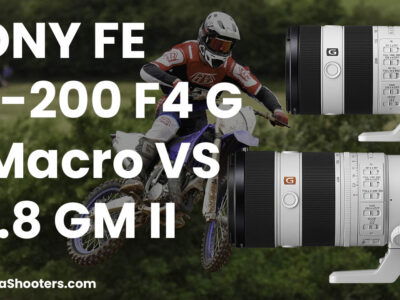

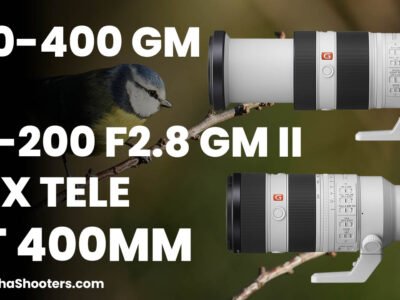

Leave a Reply